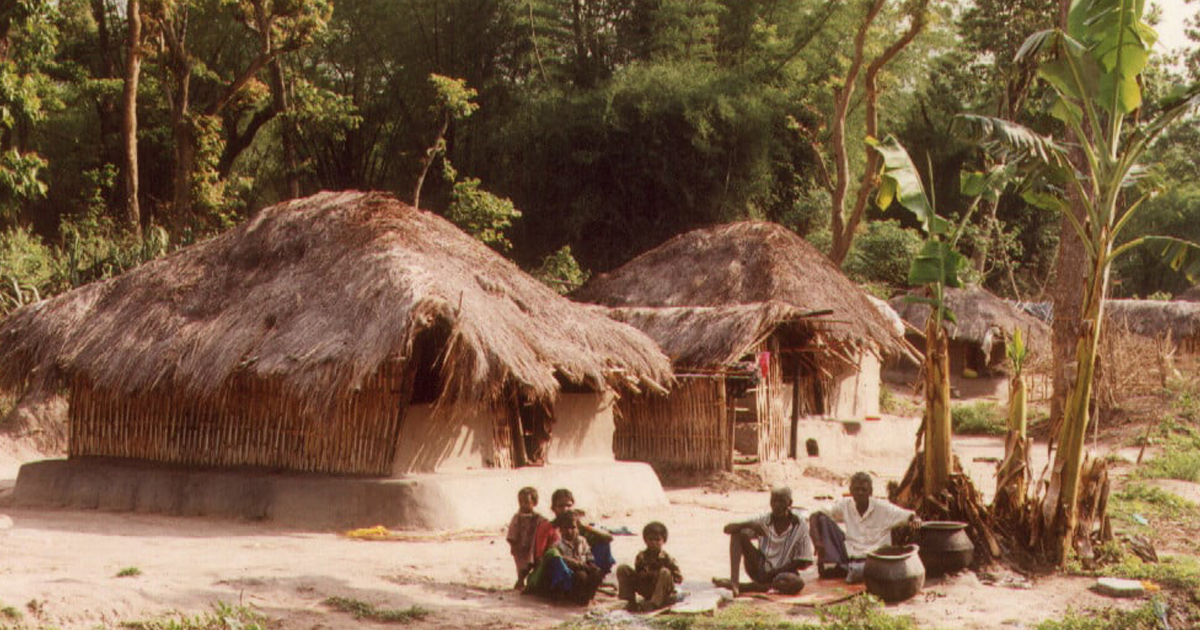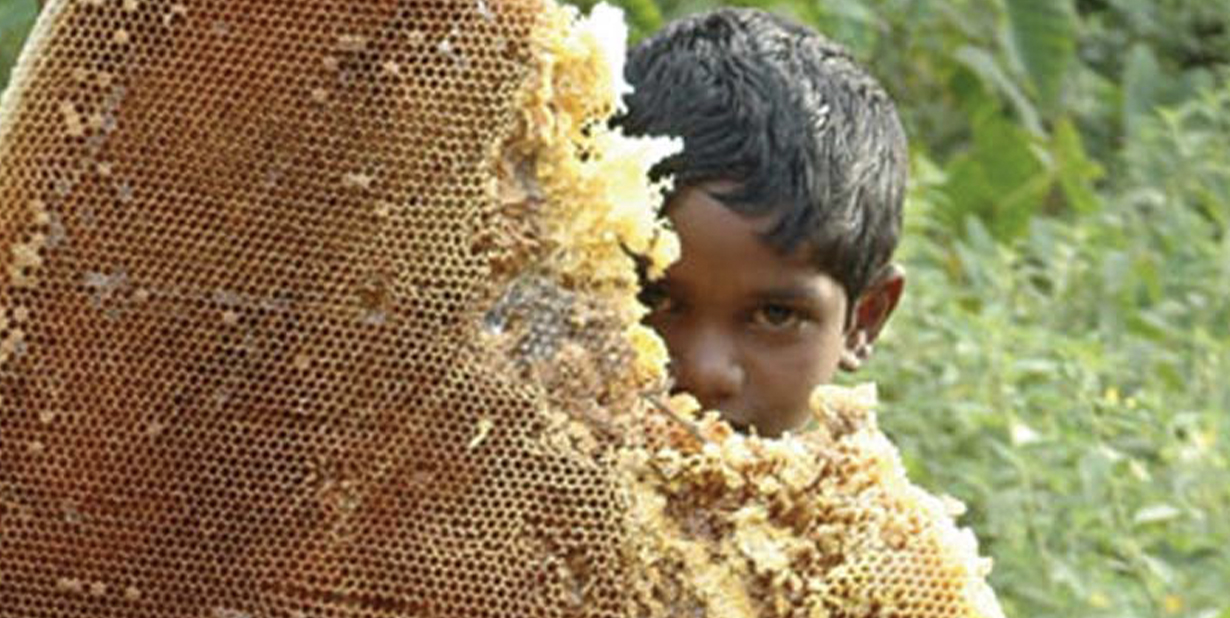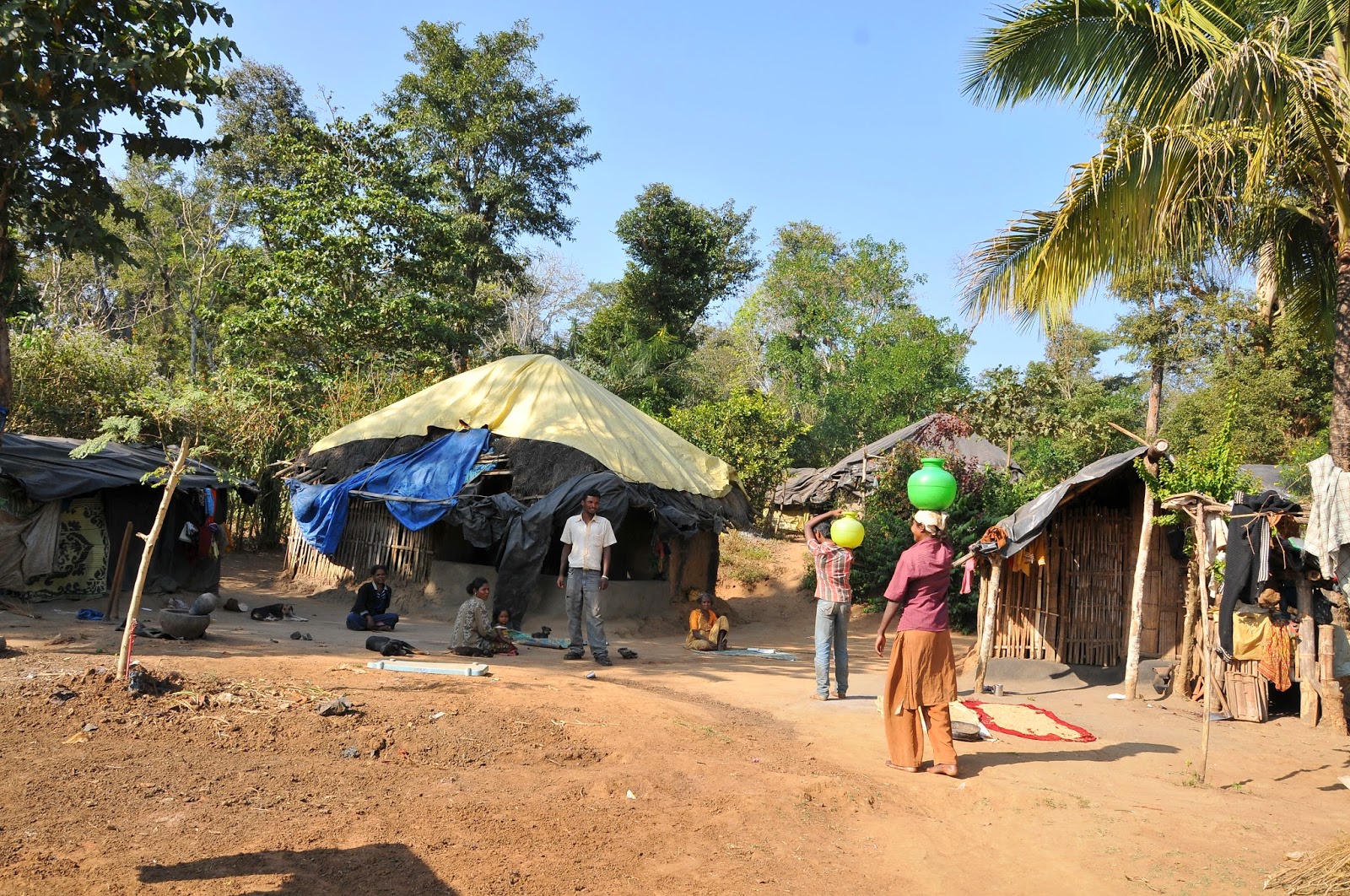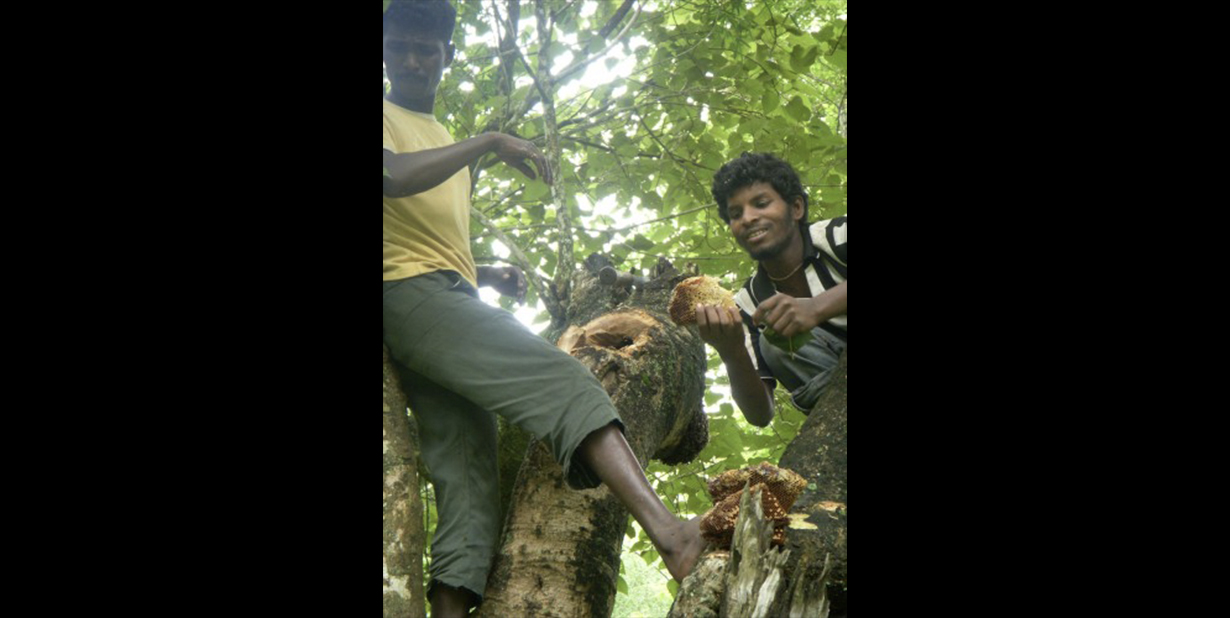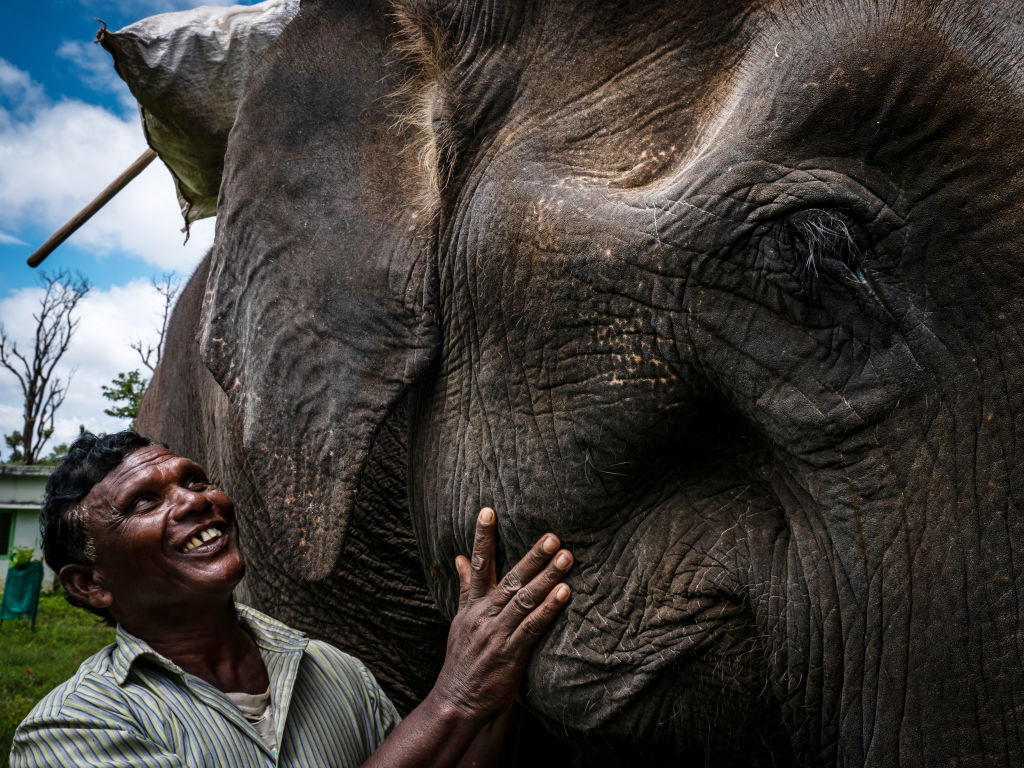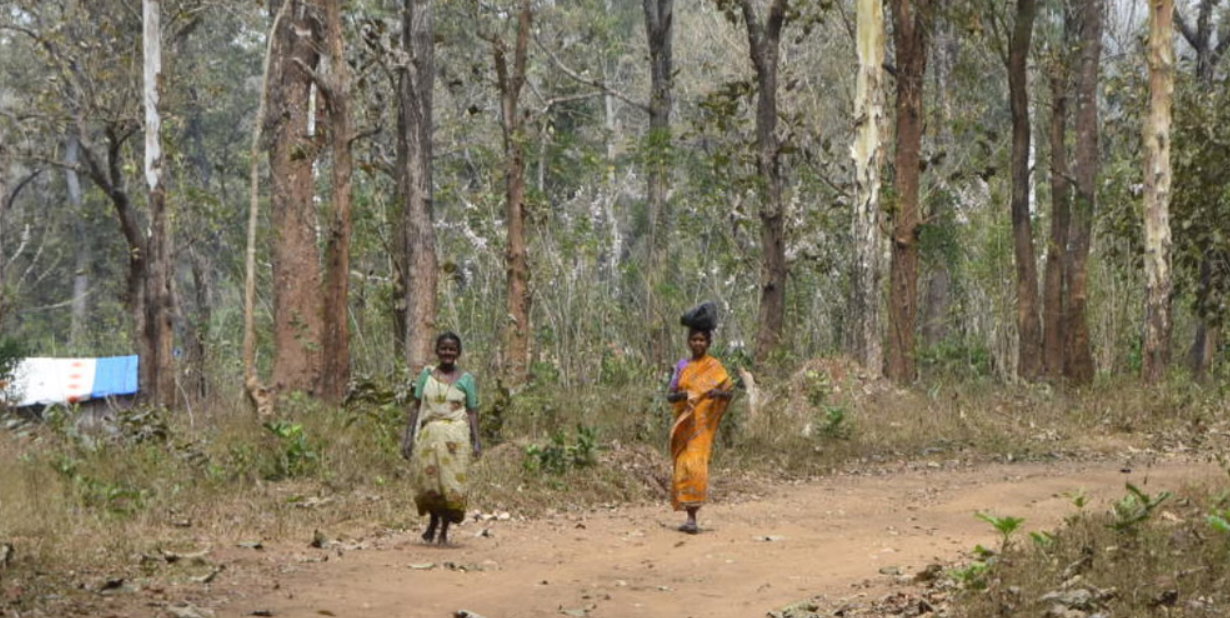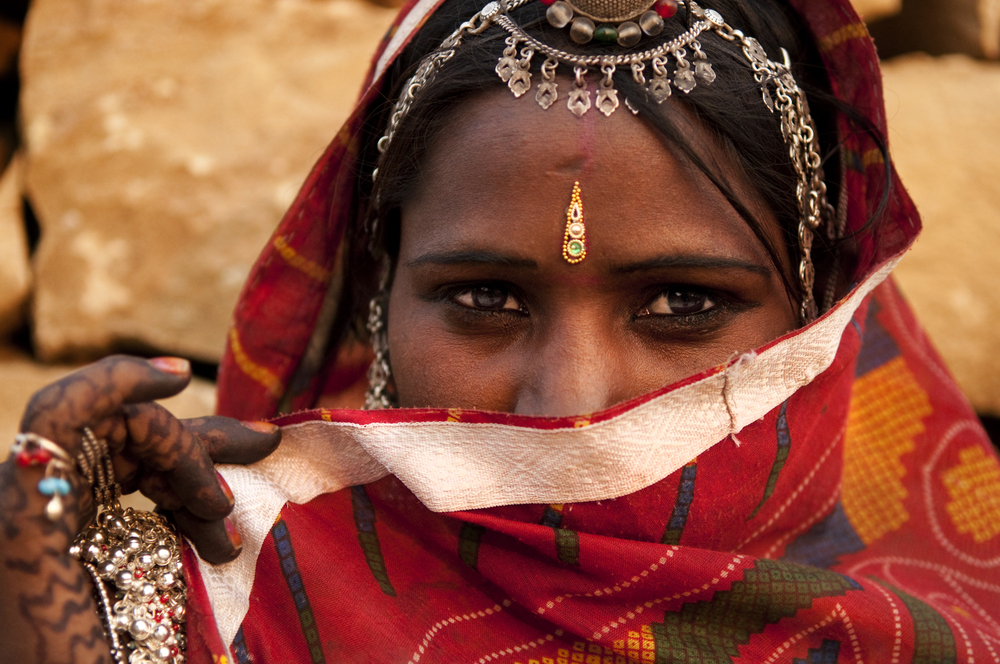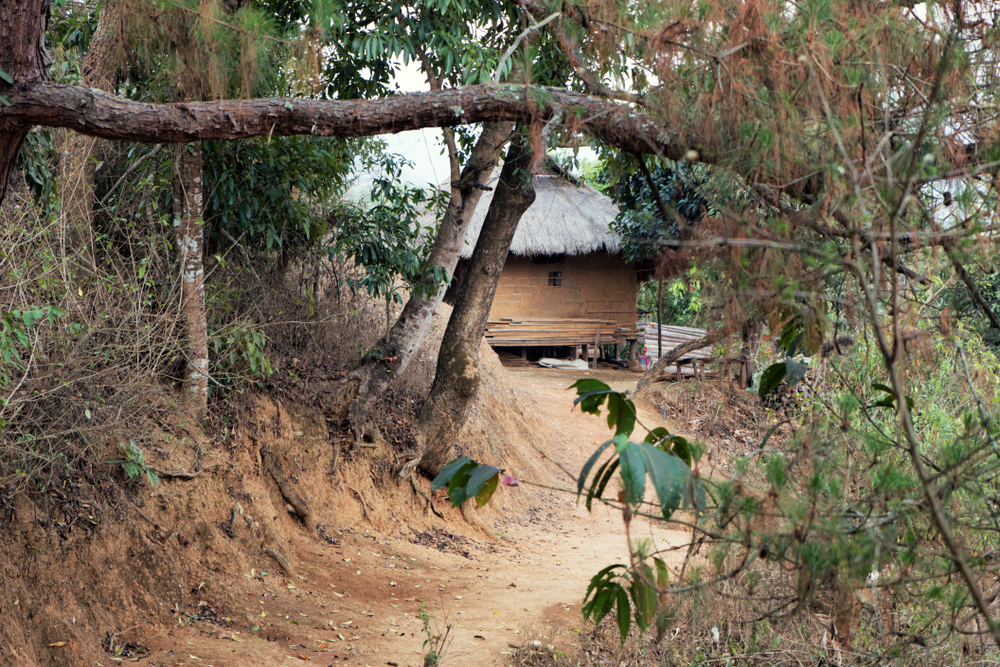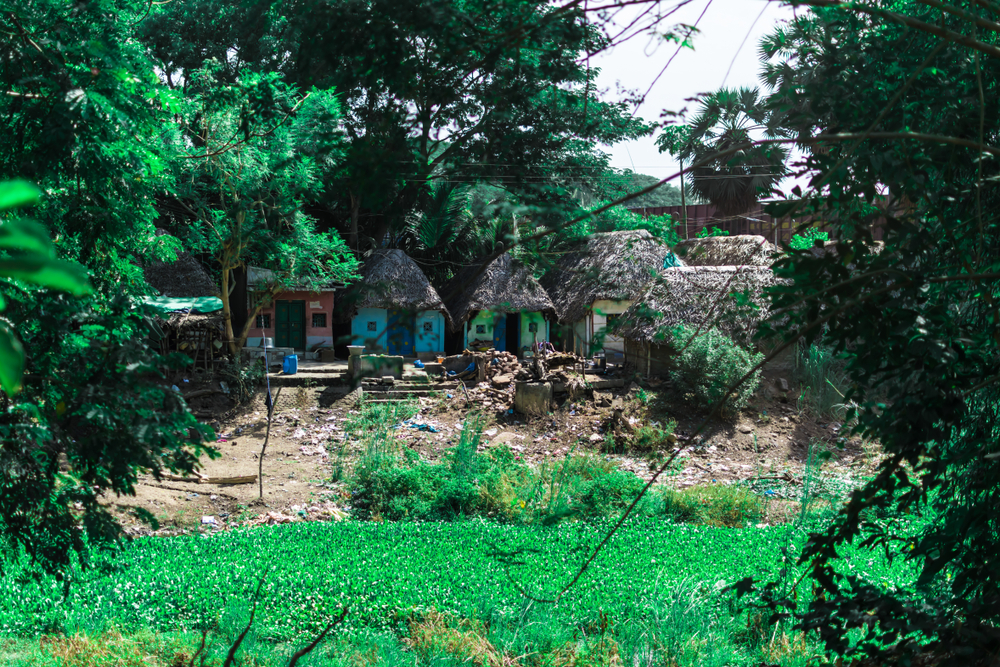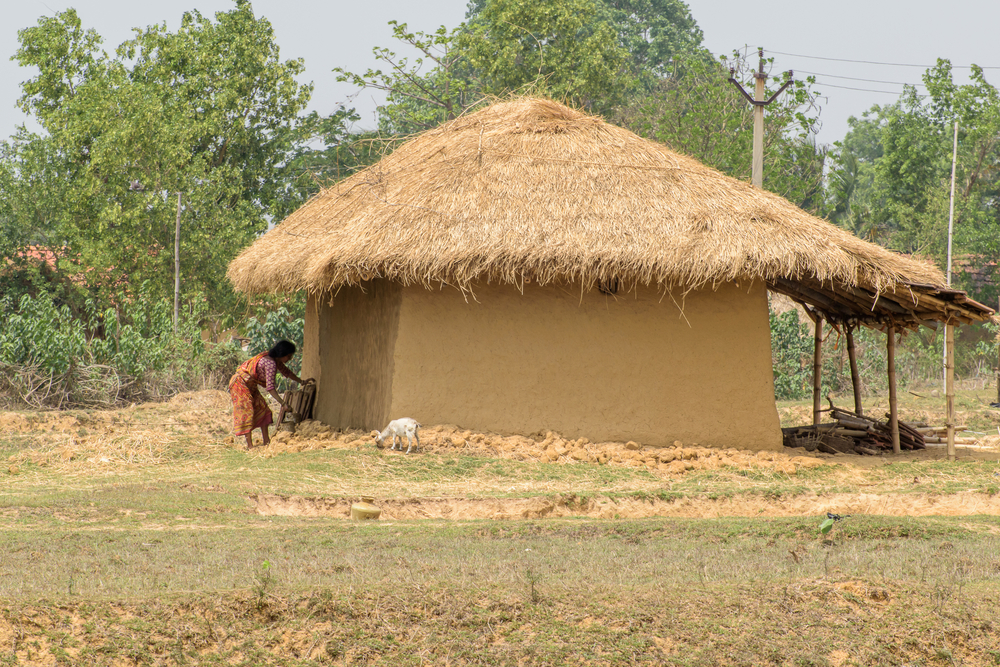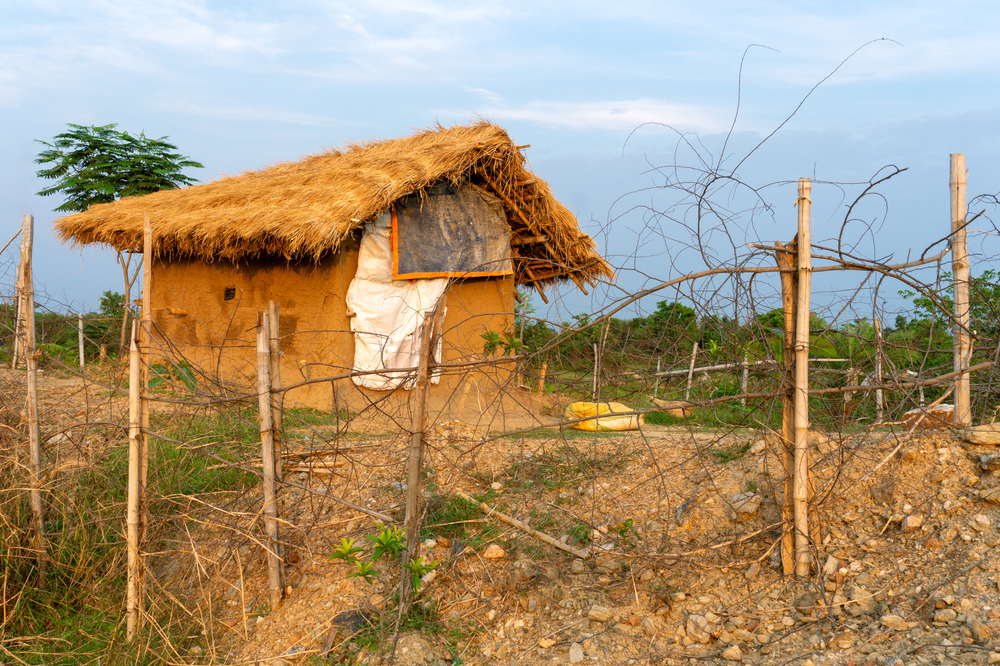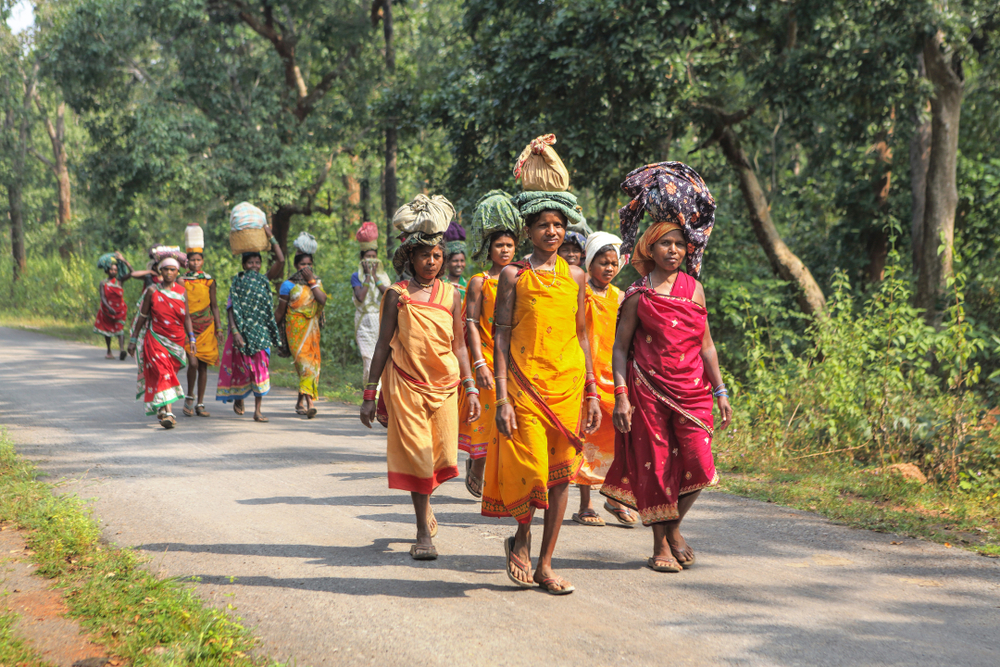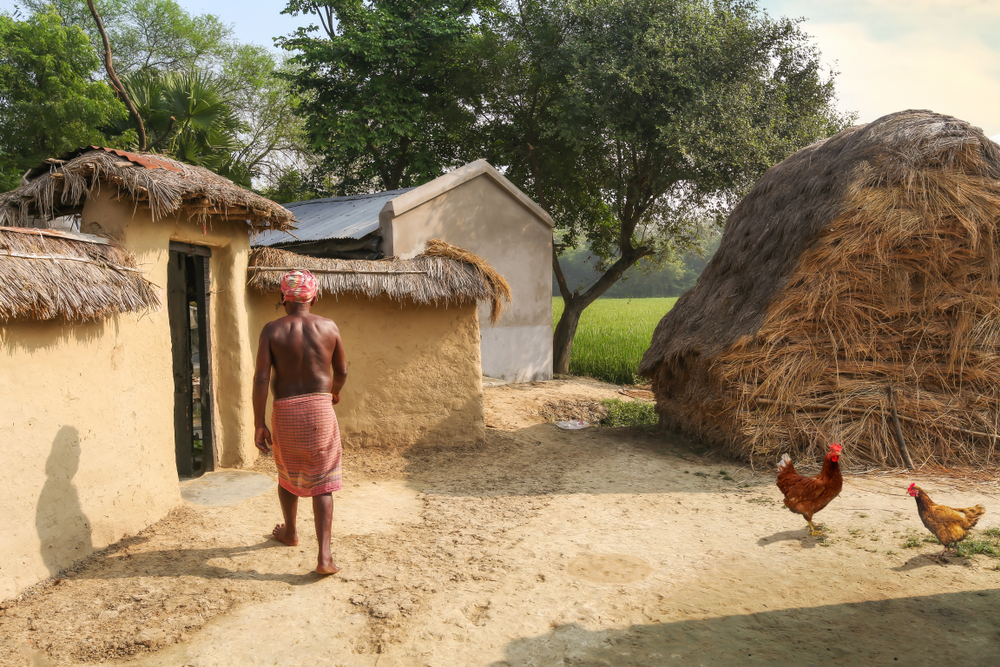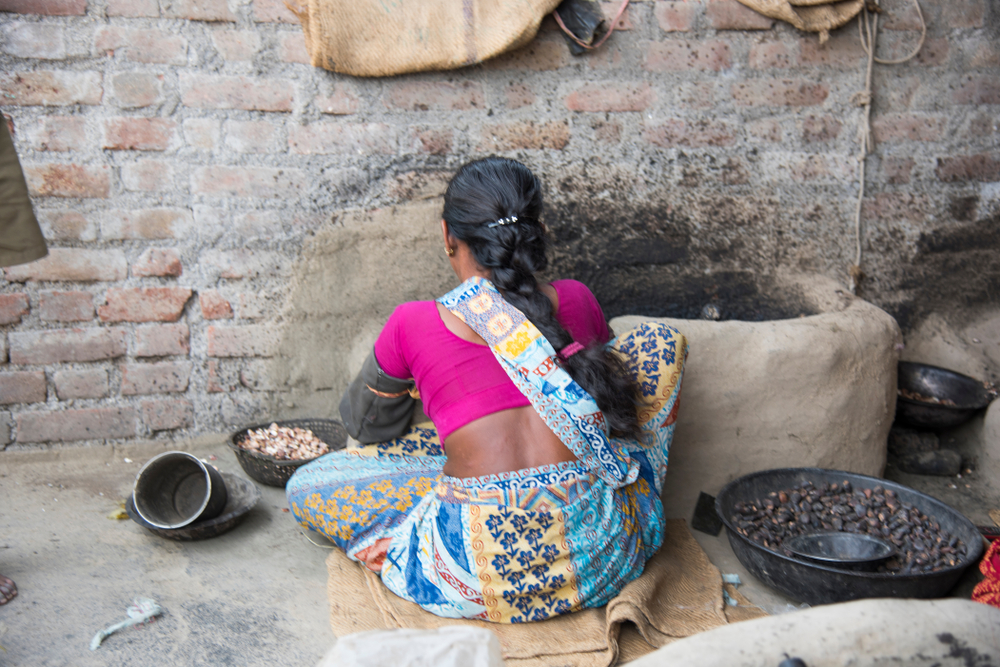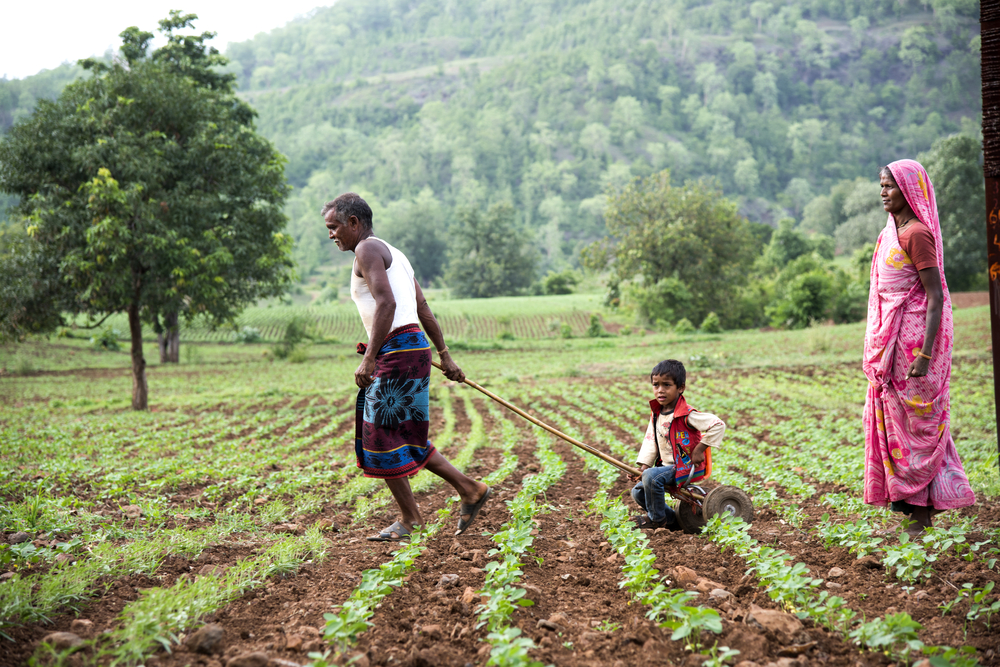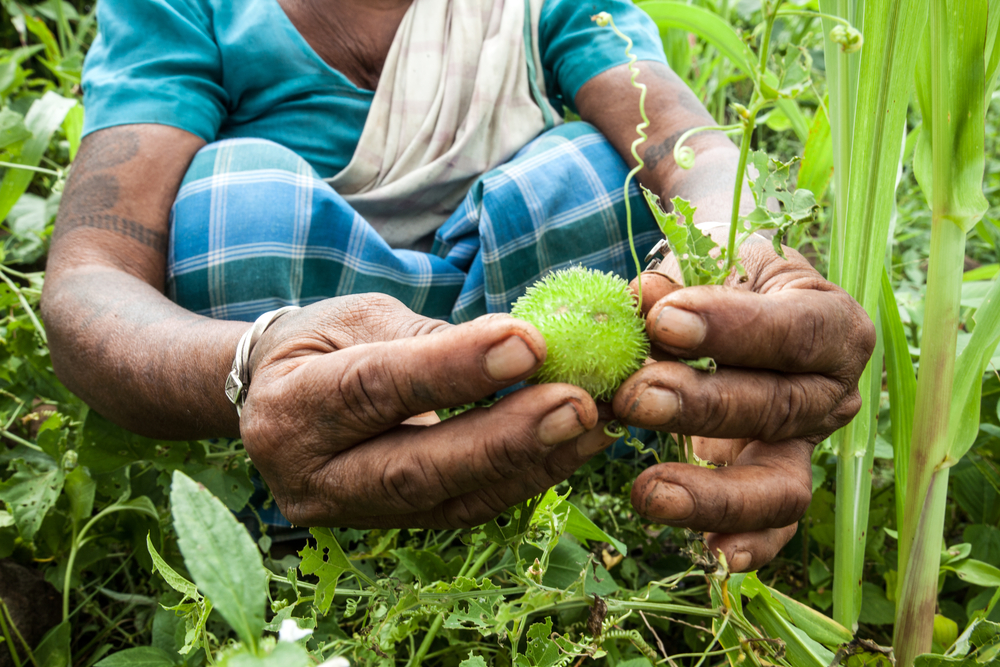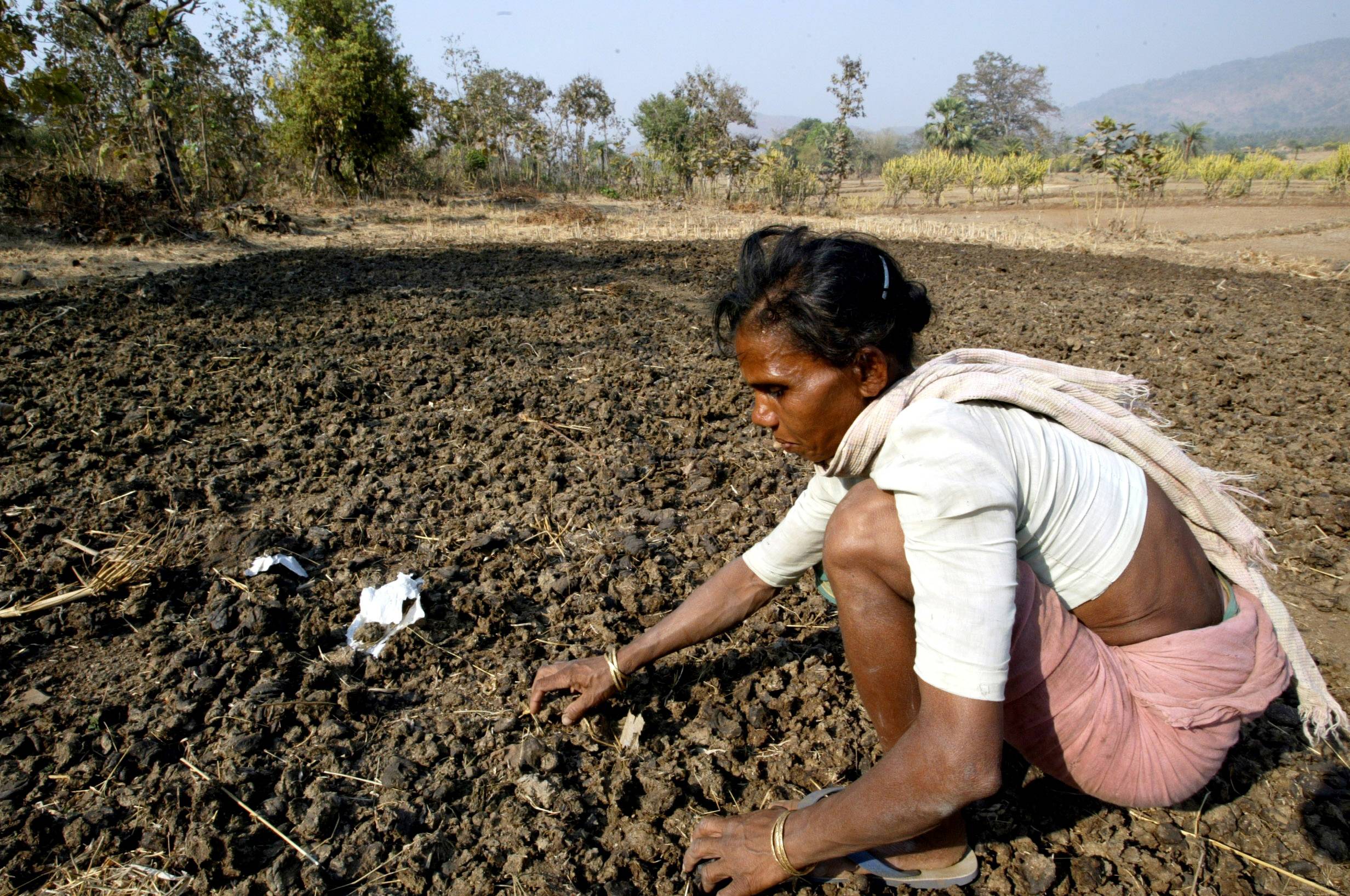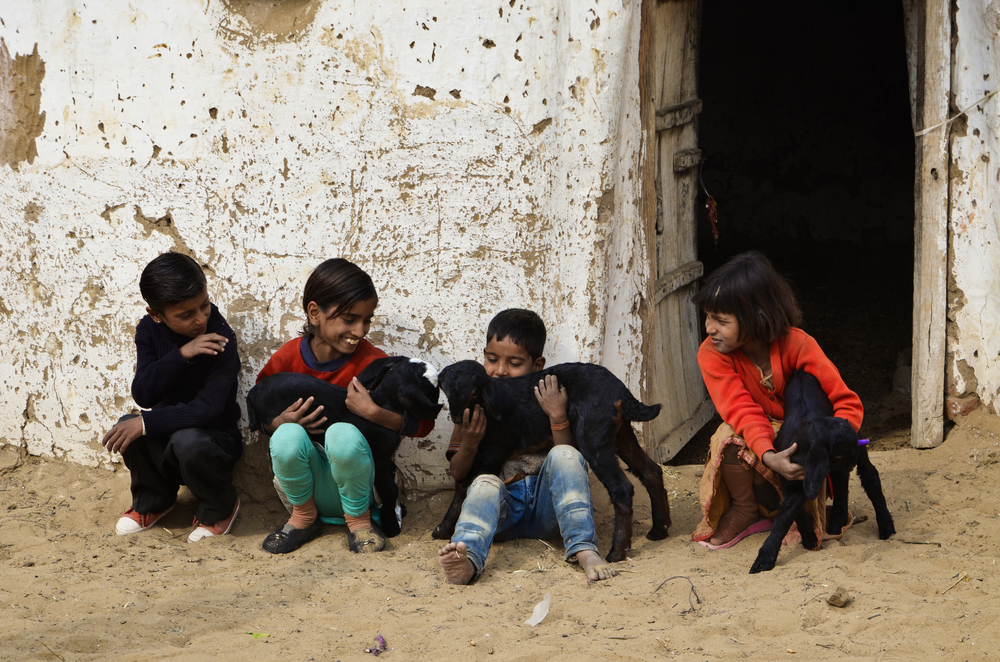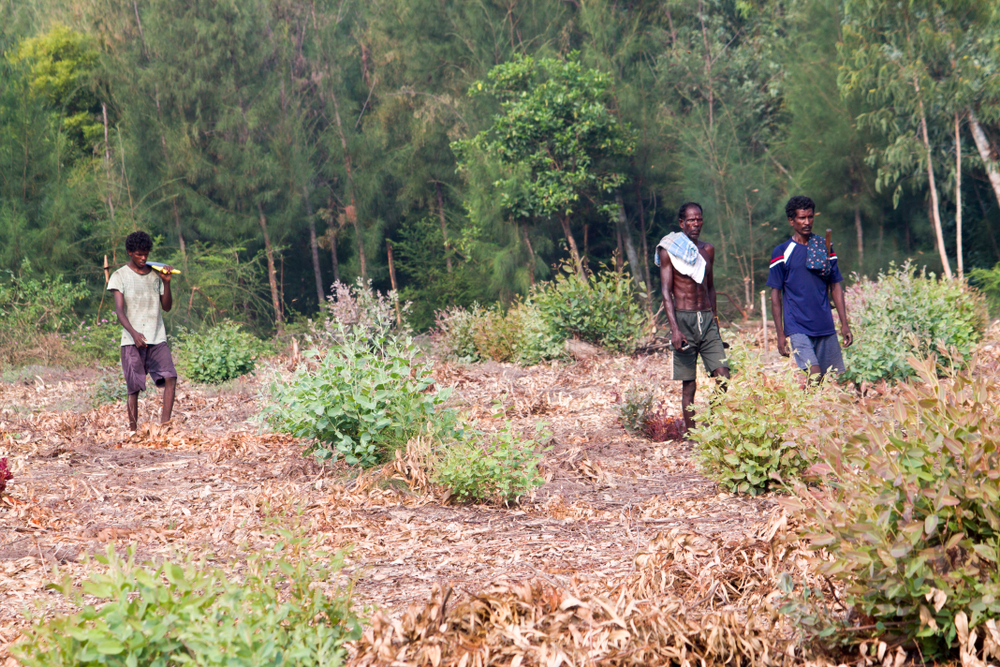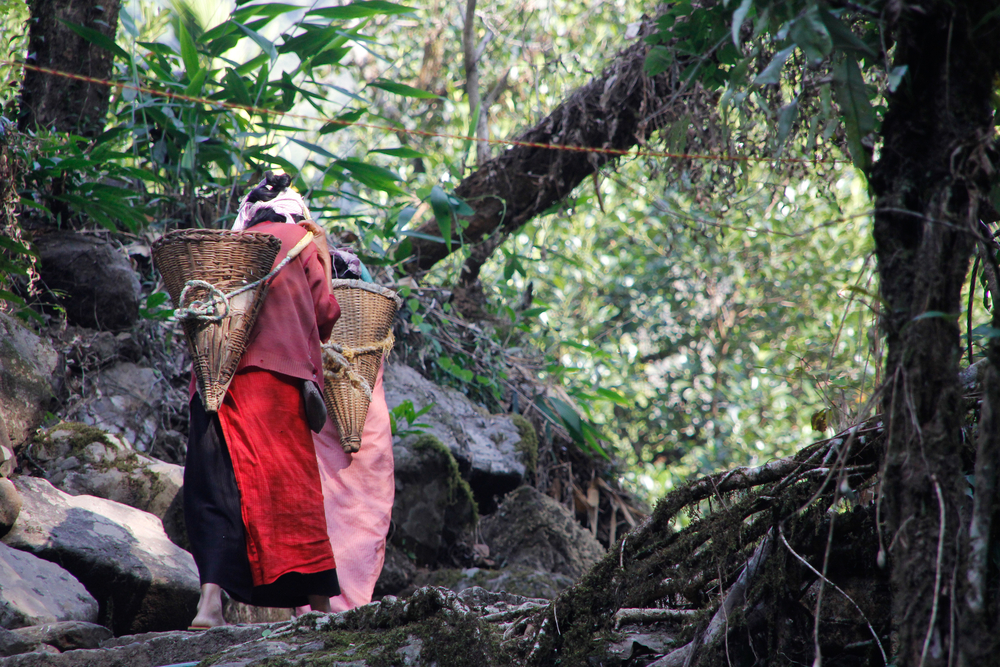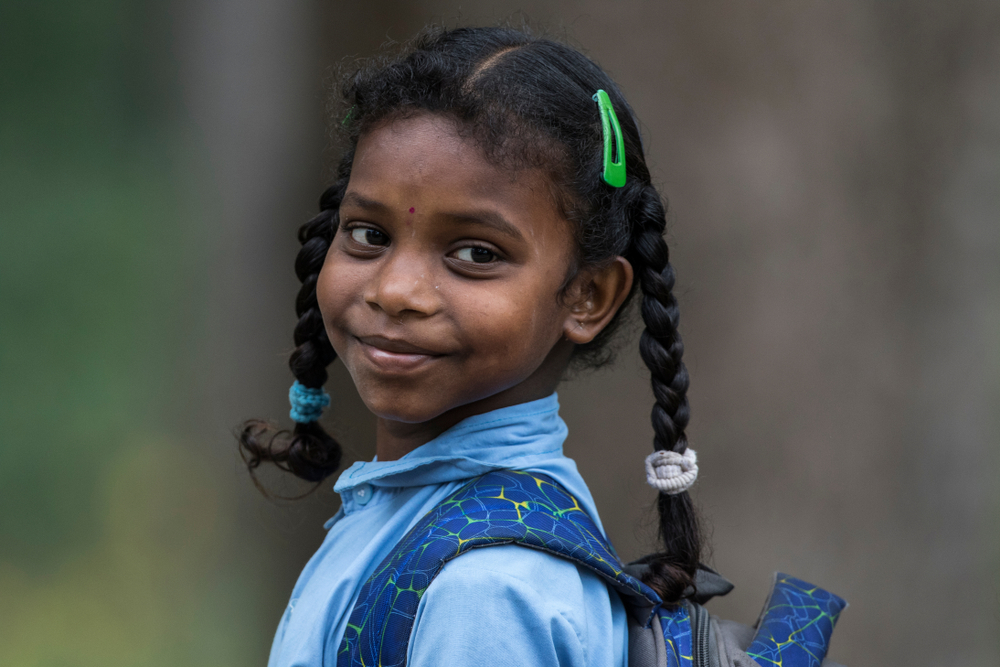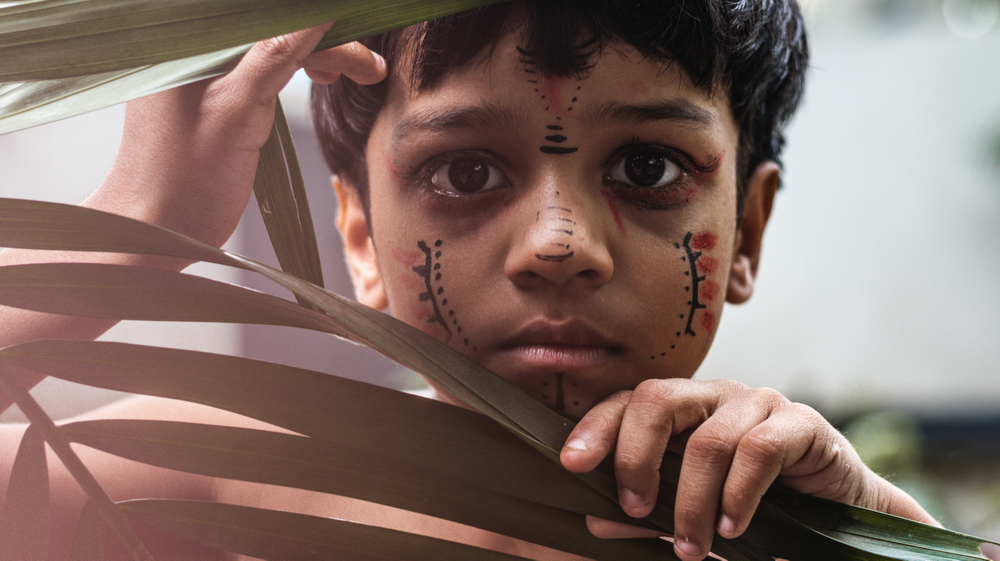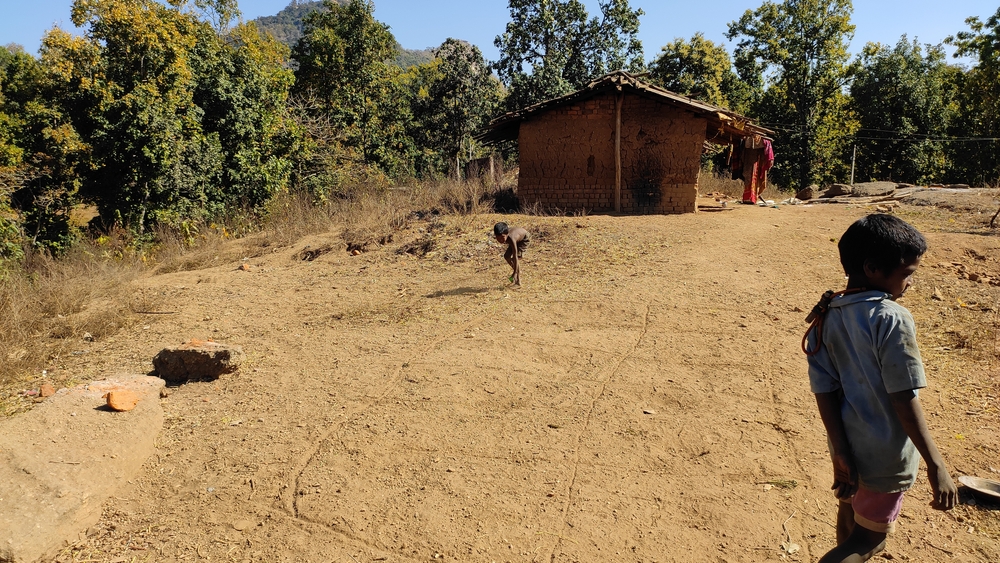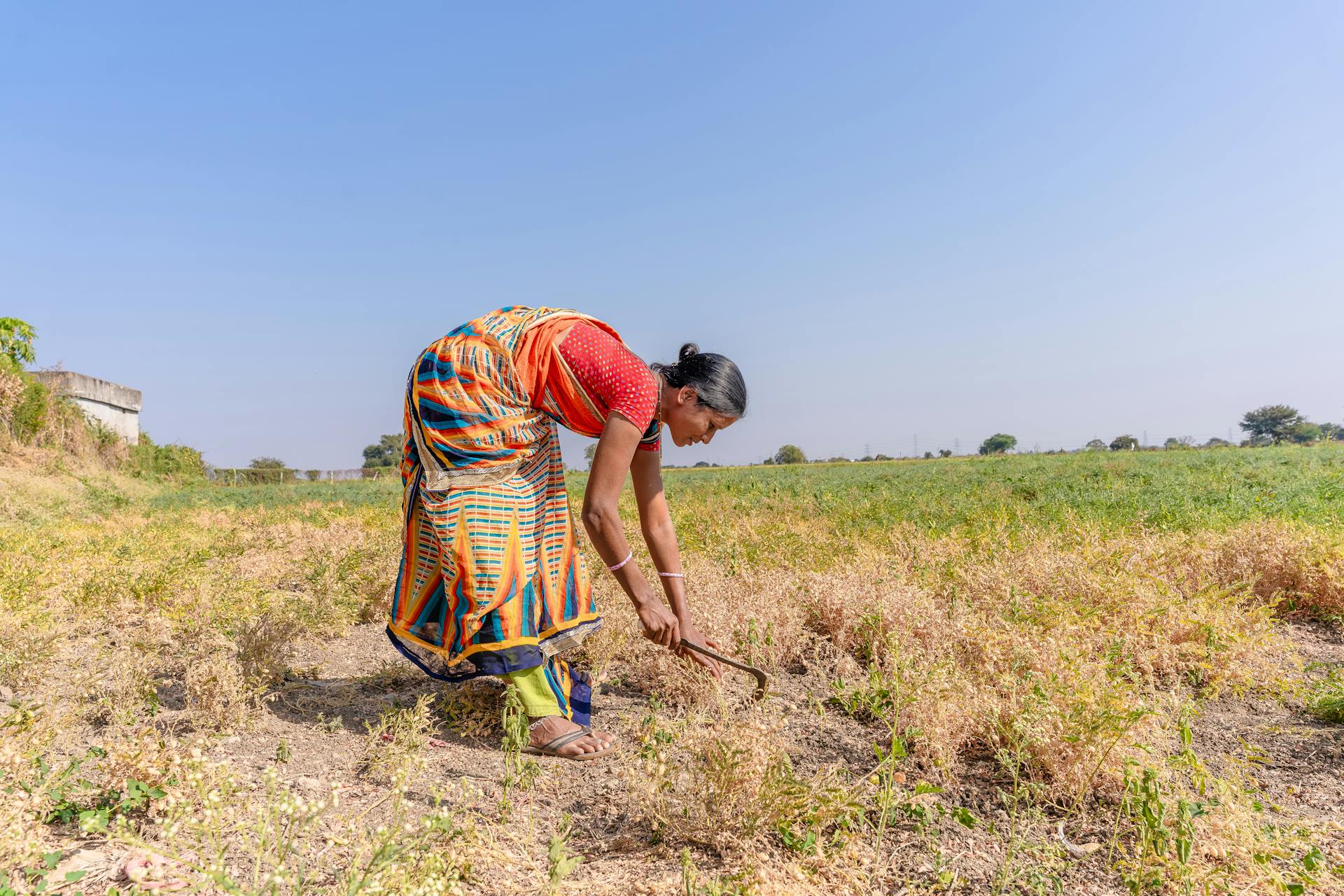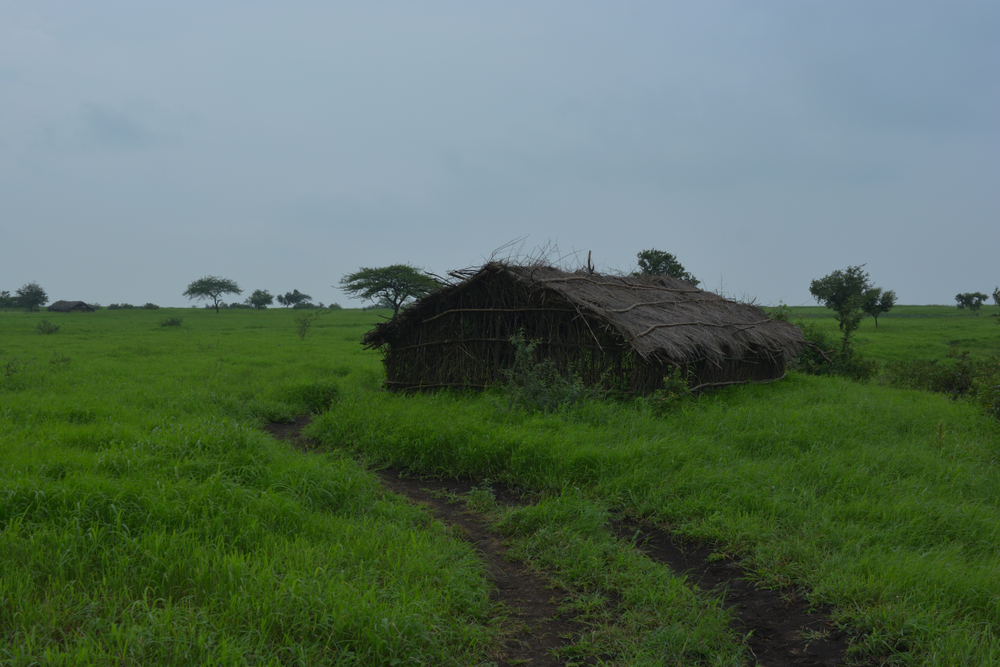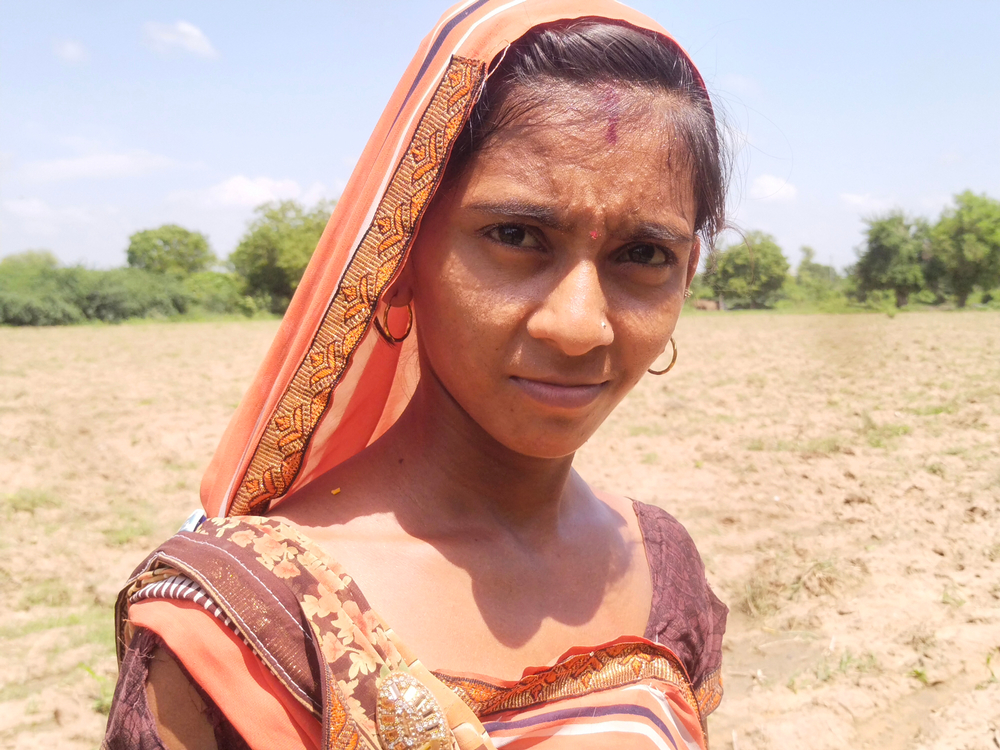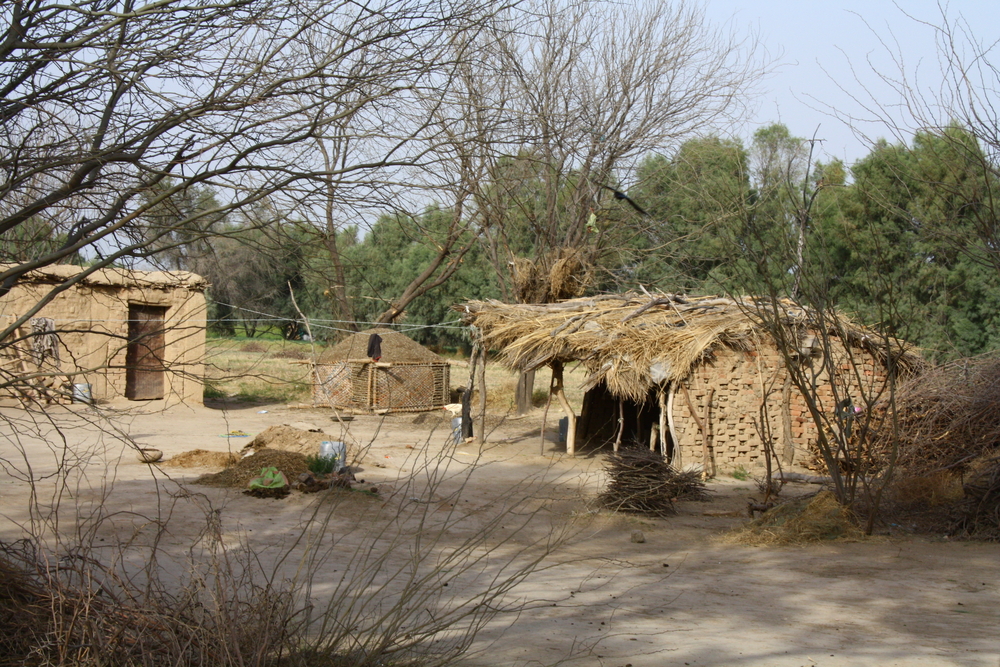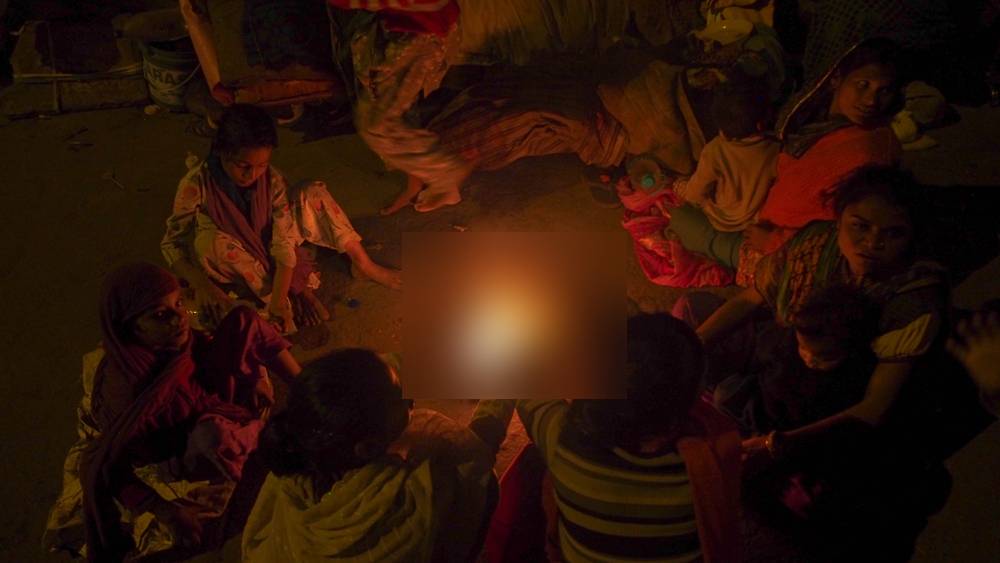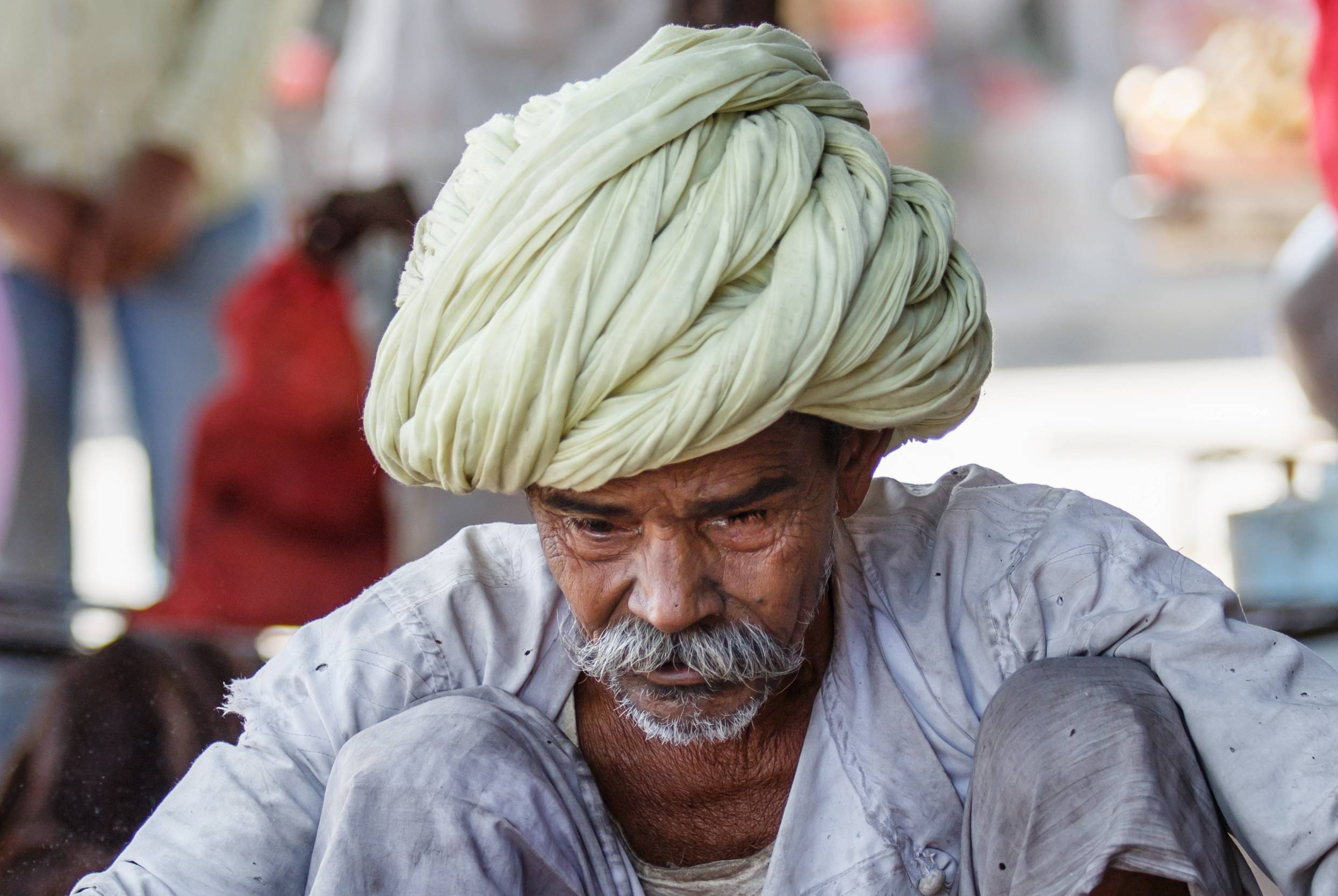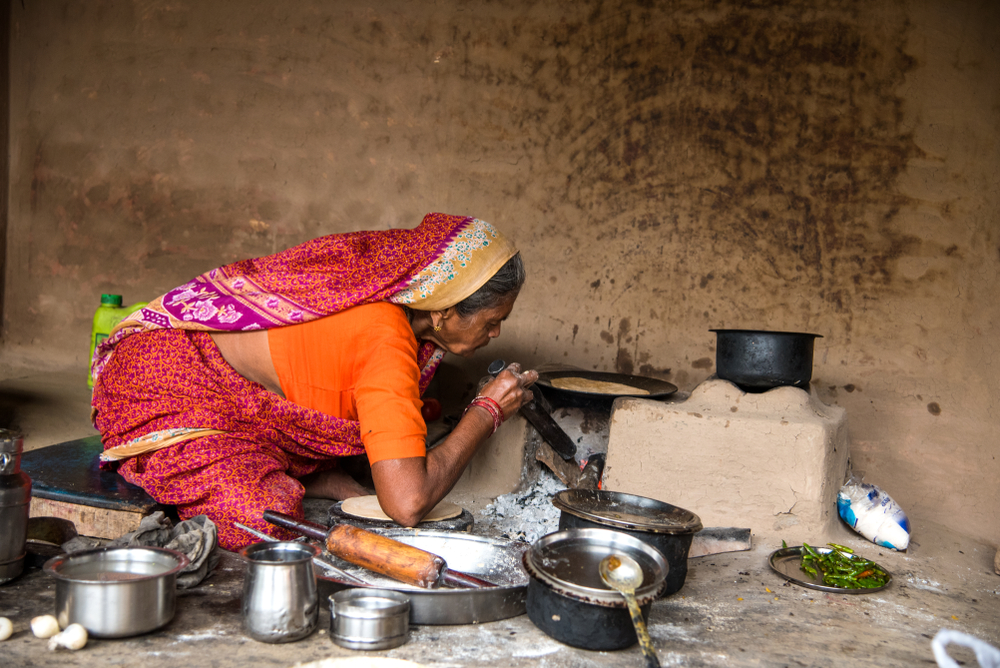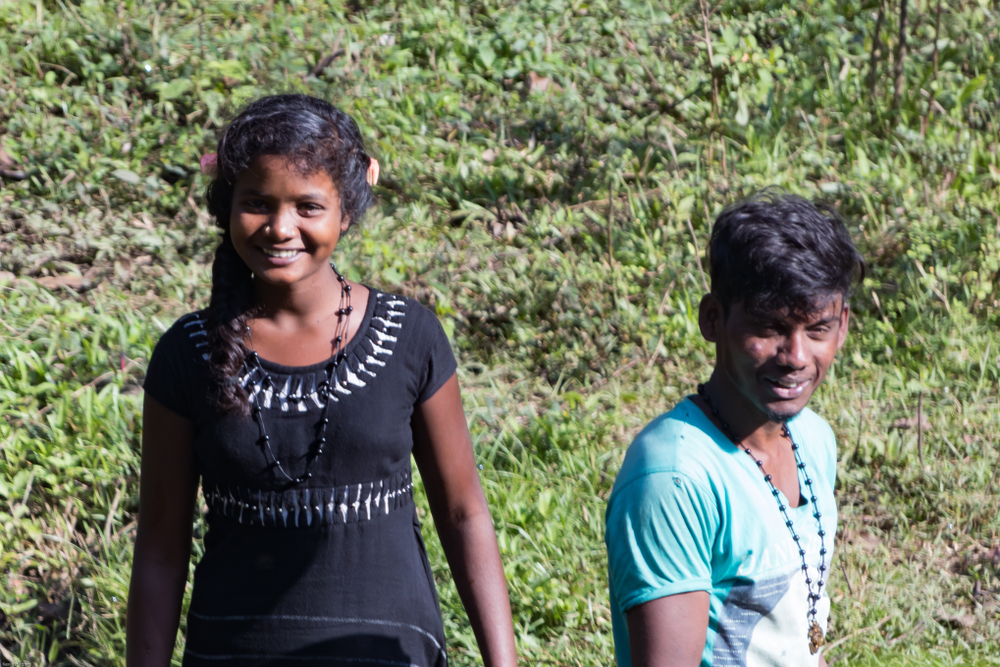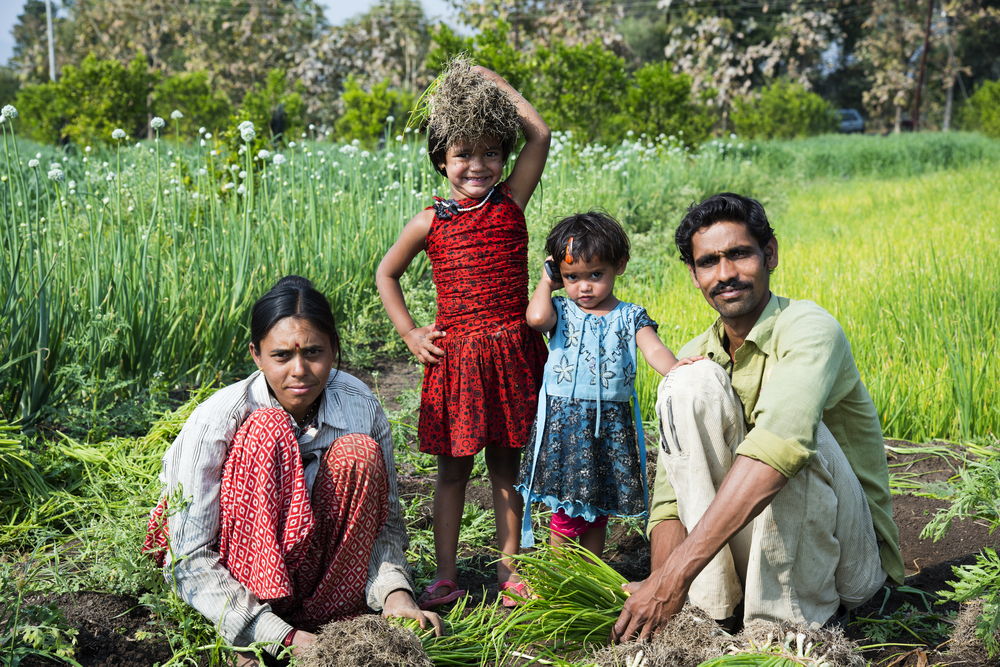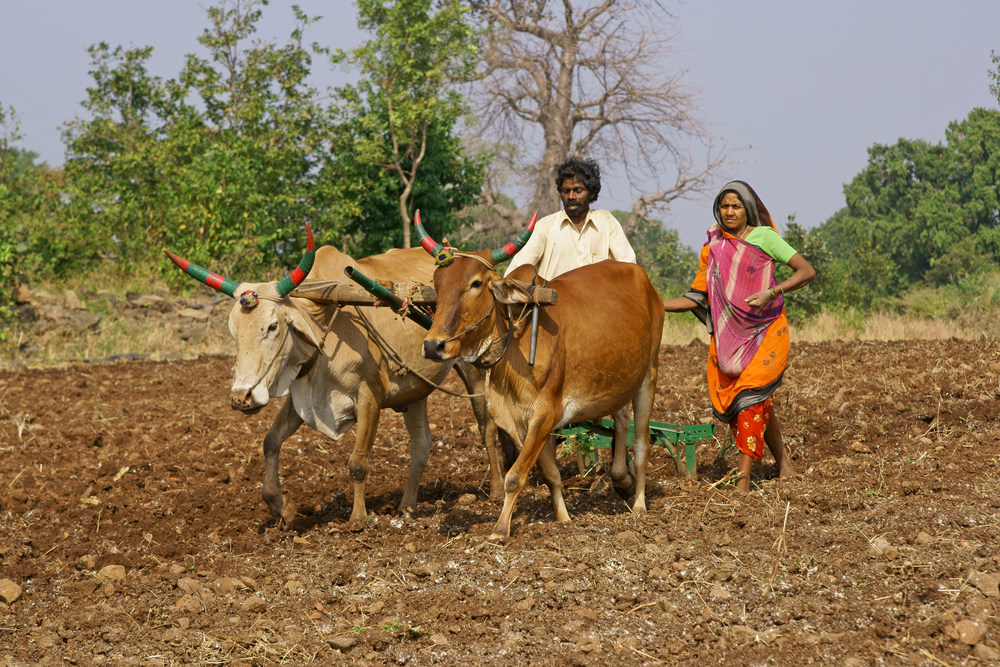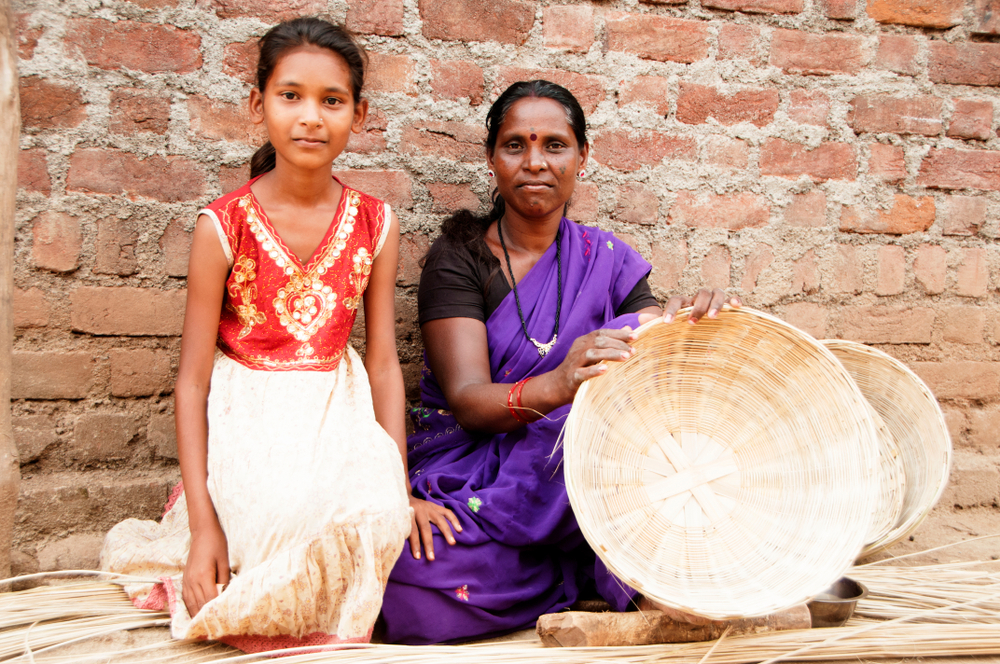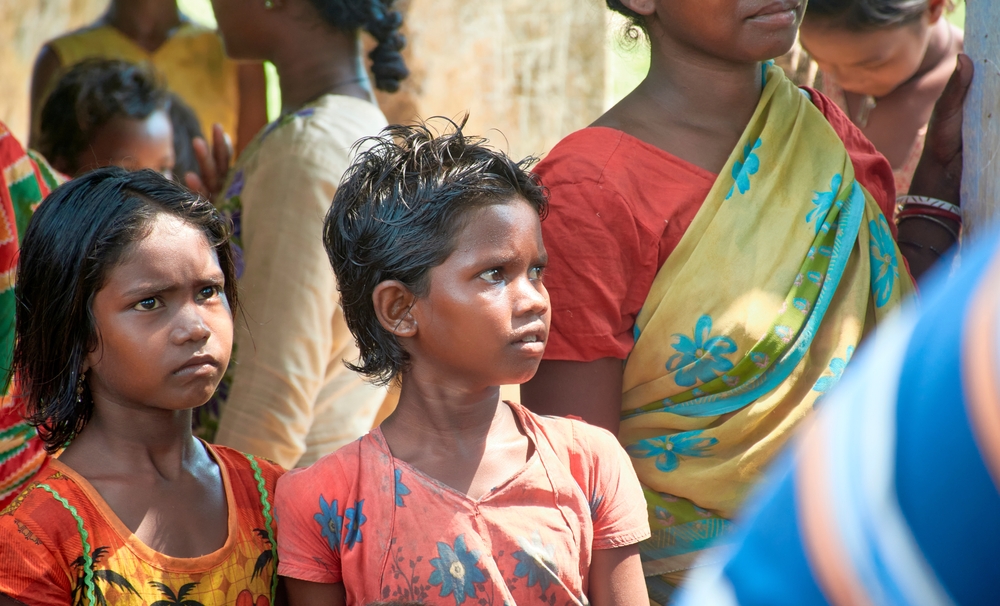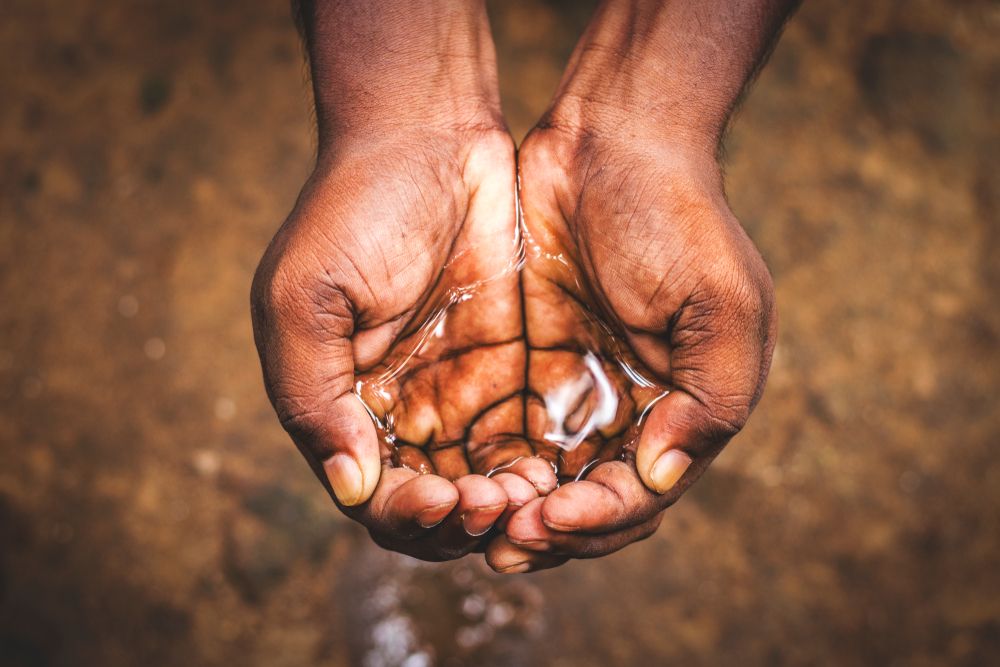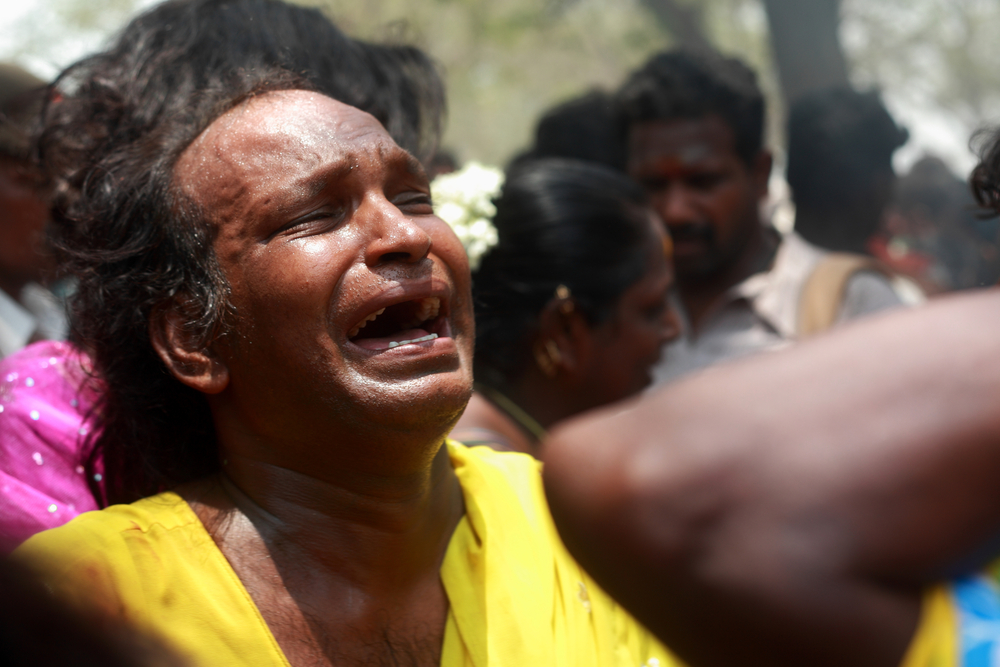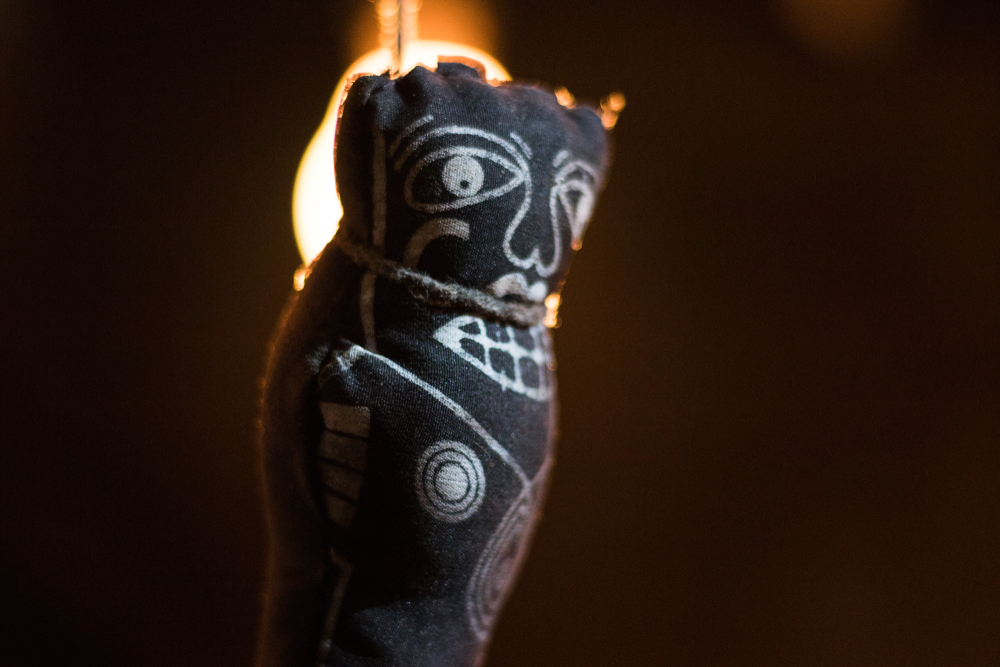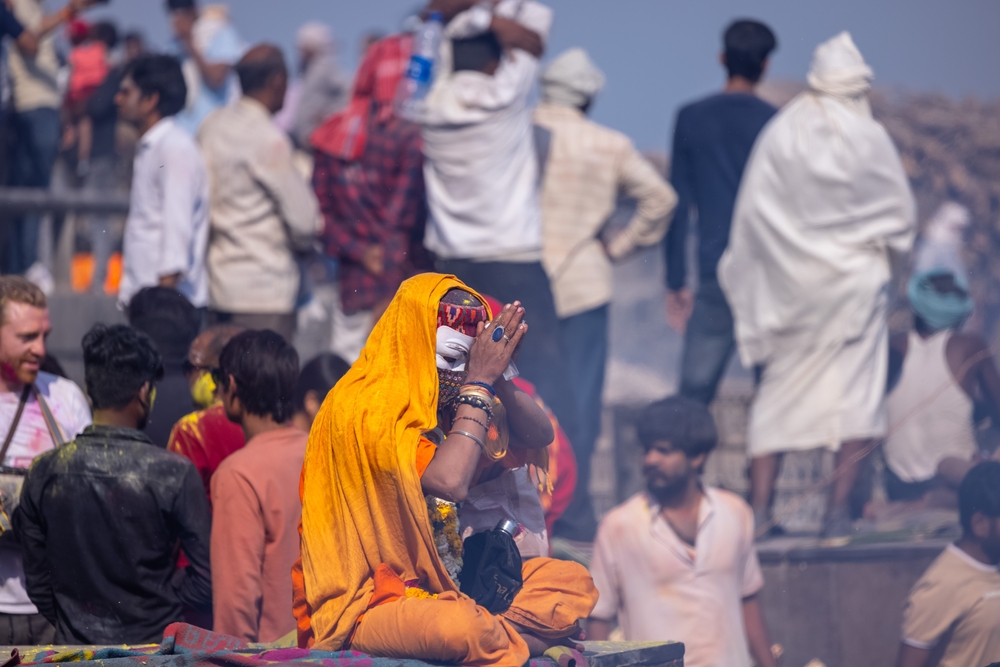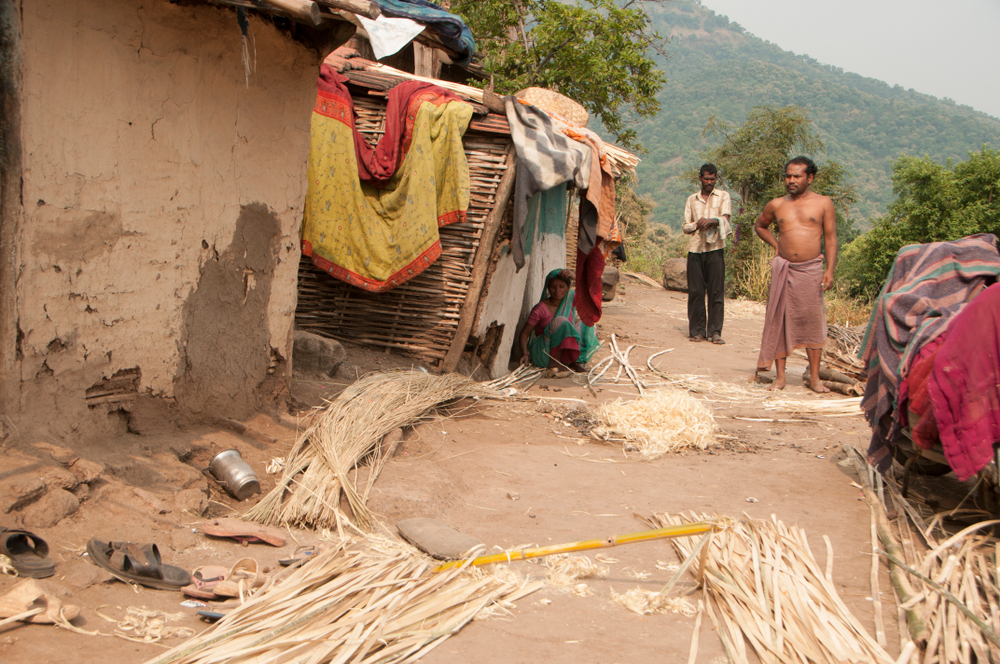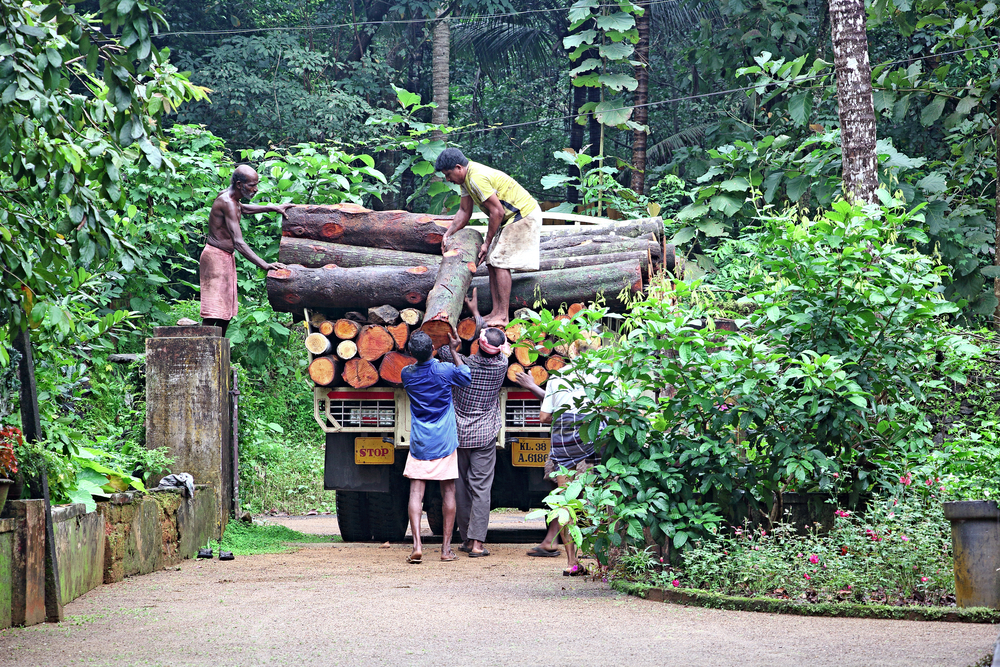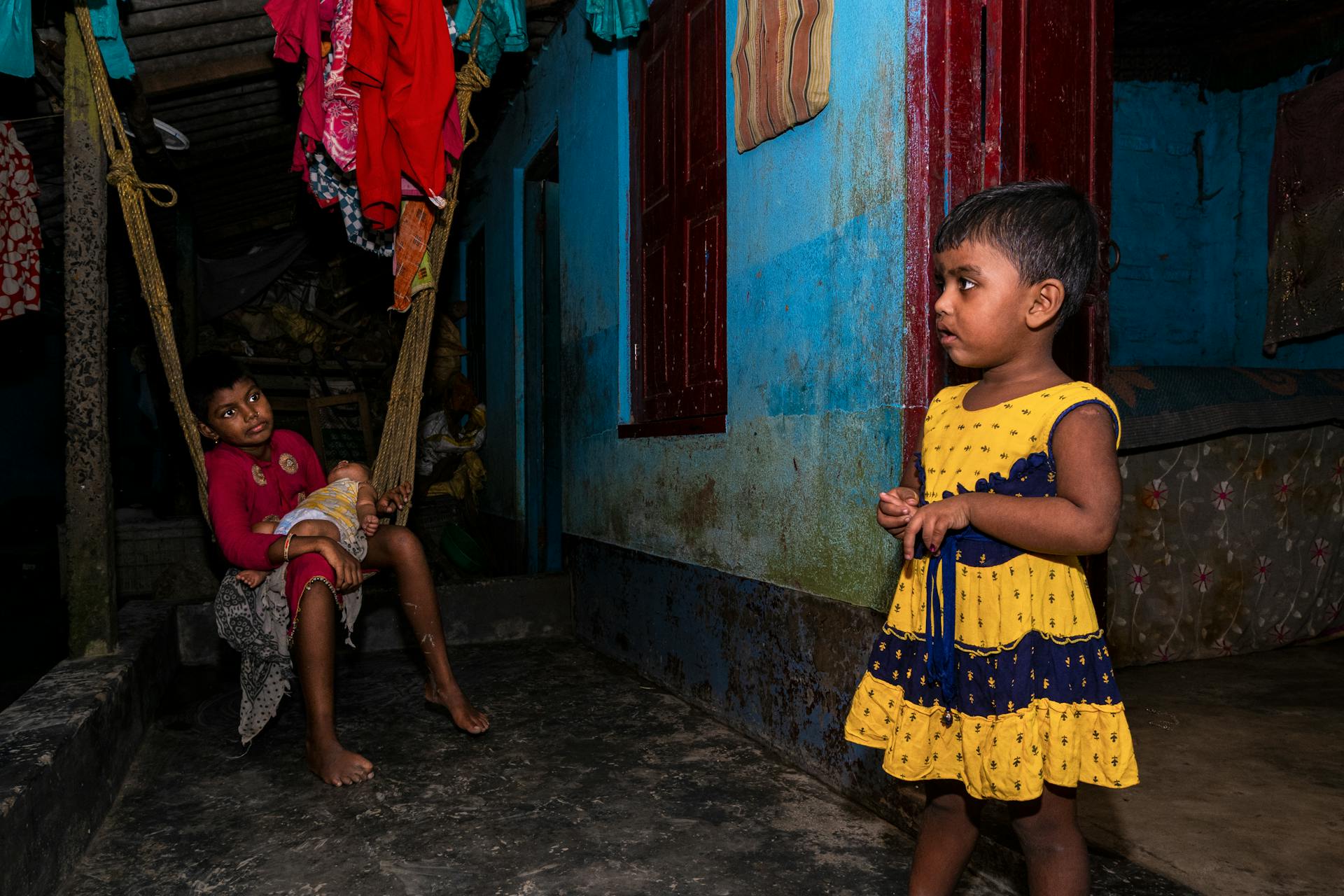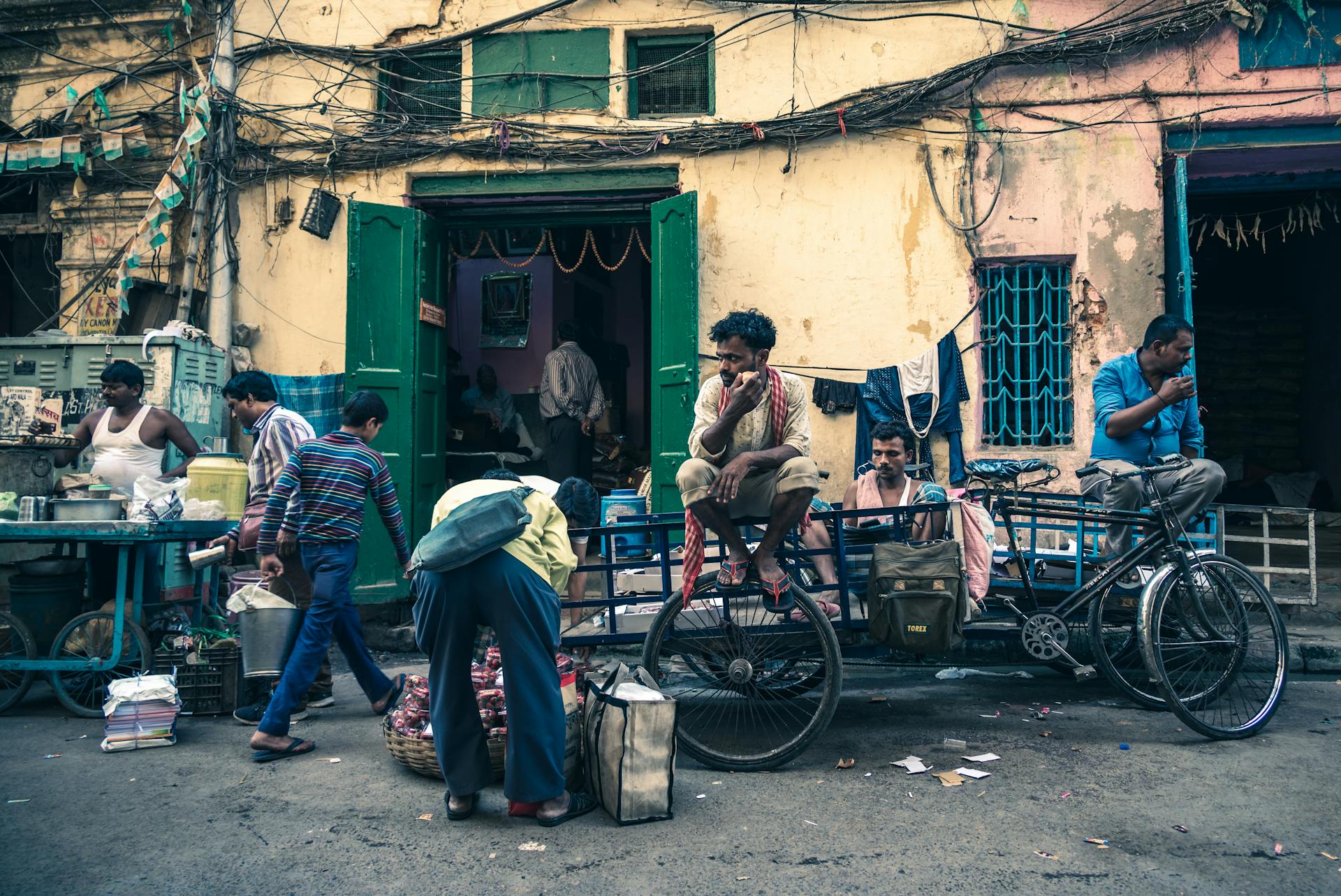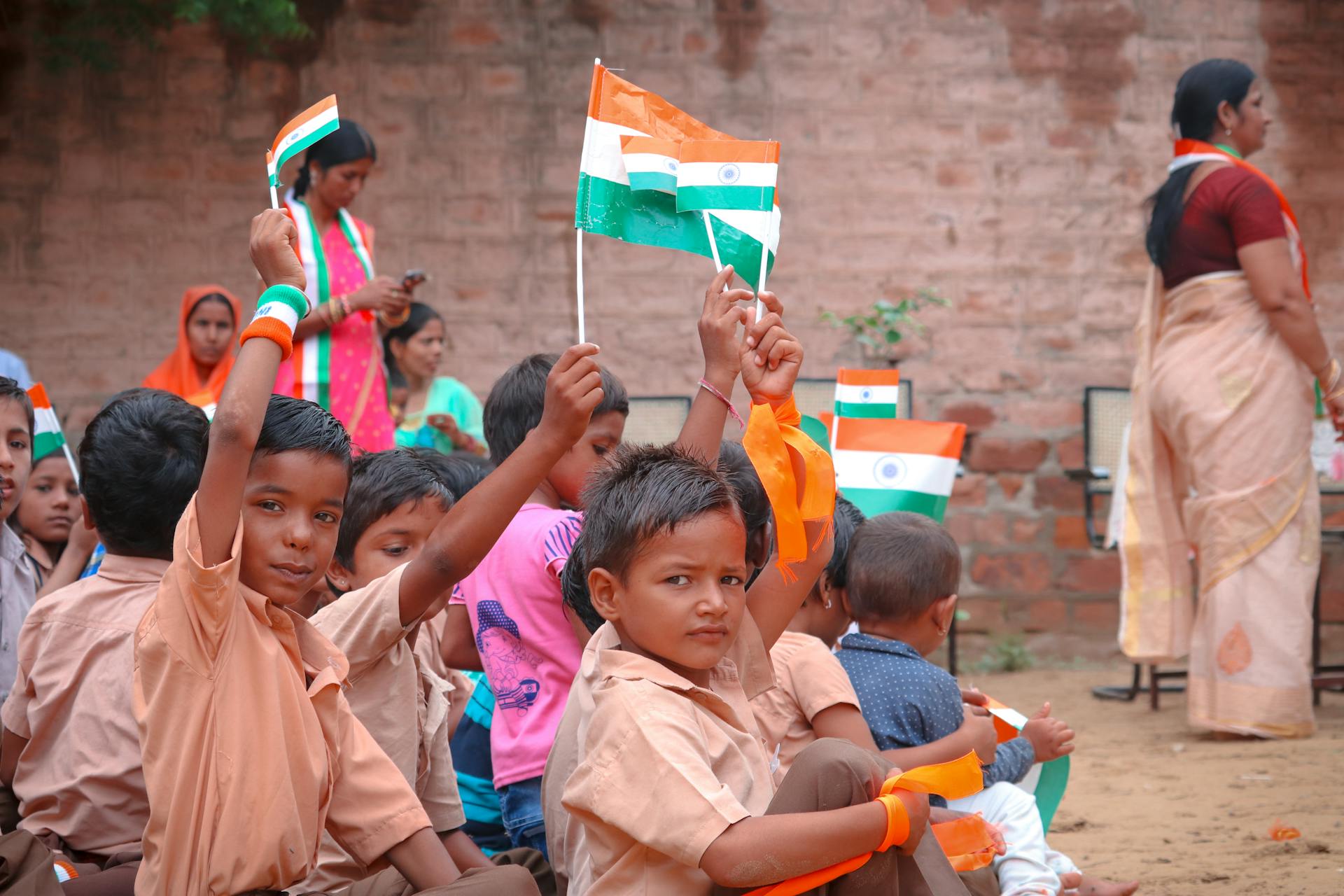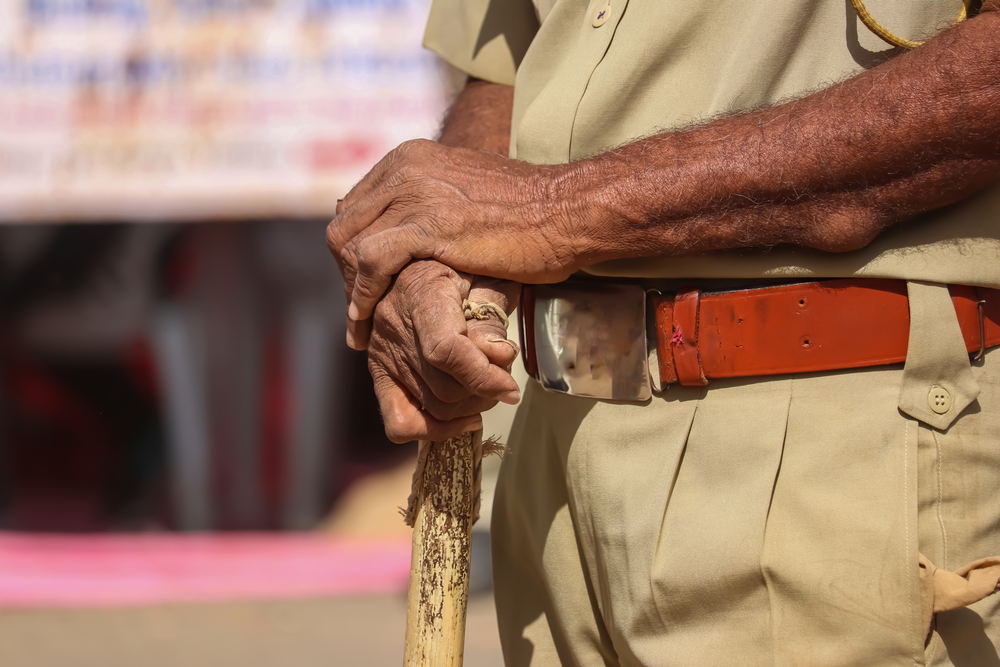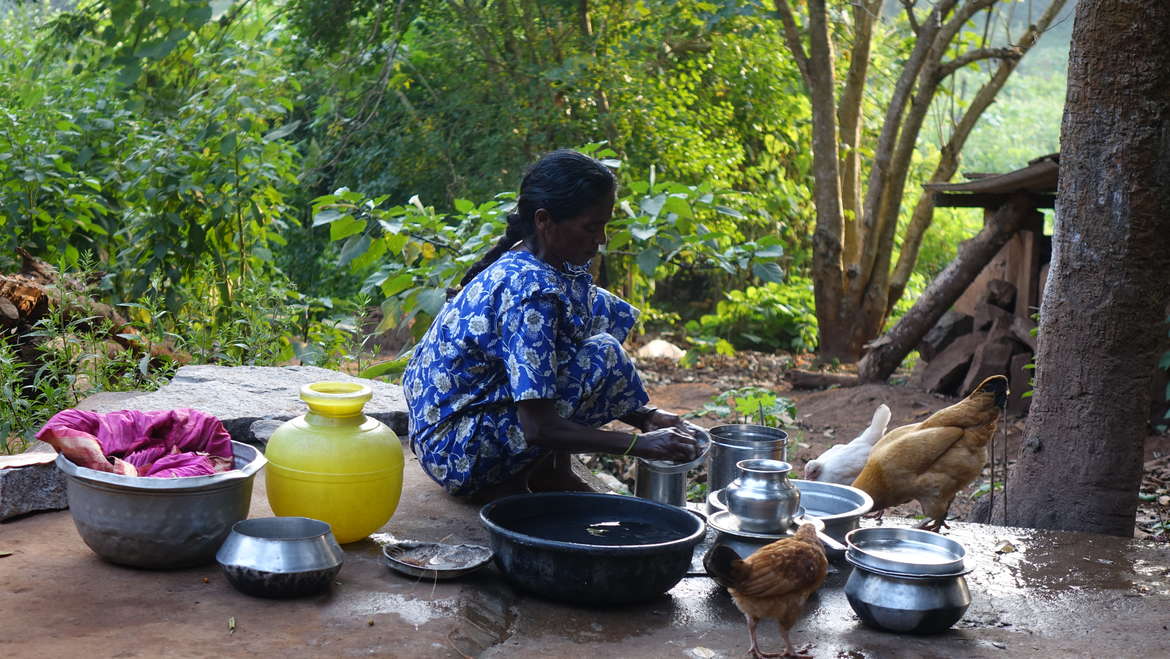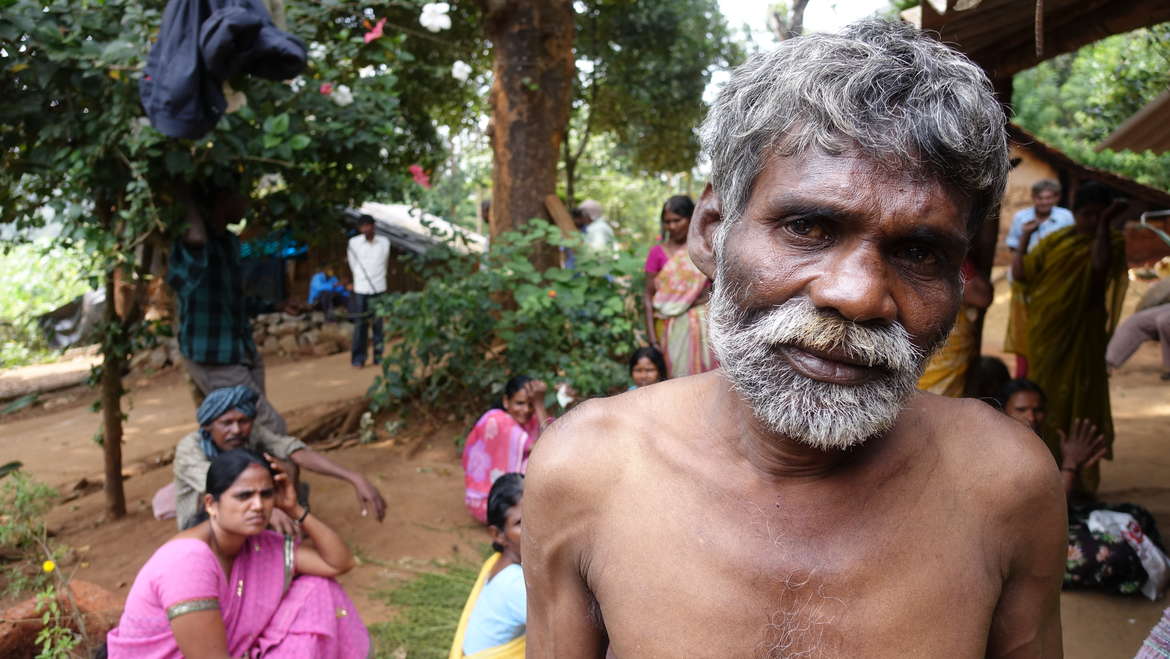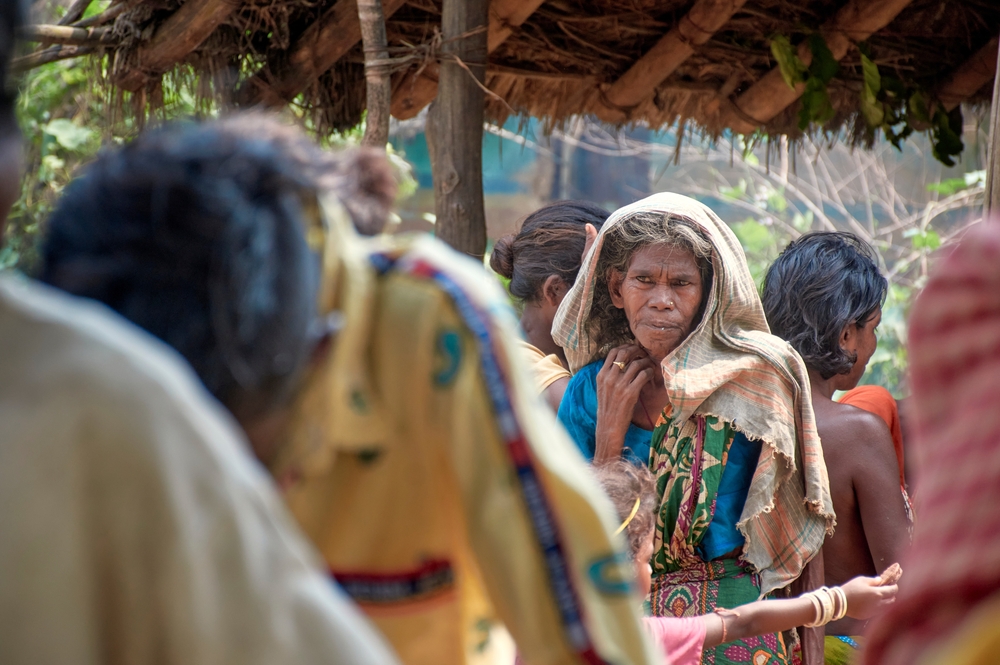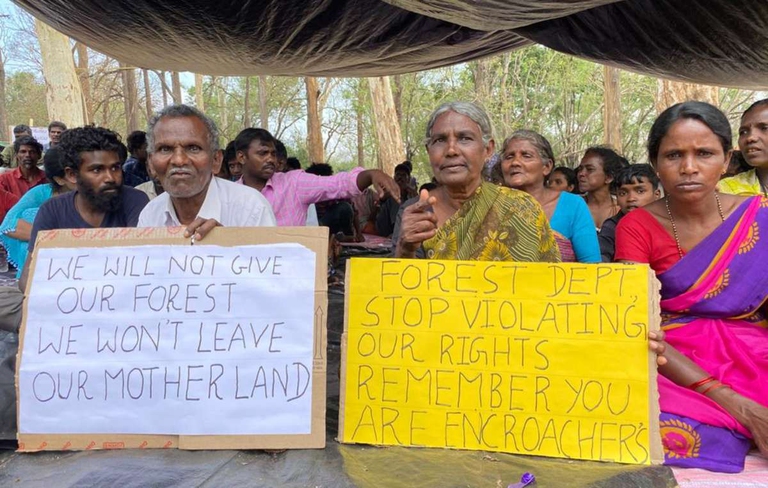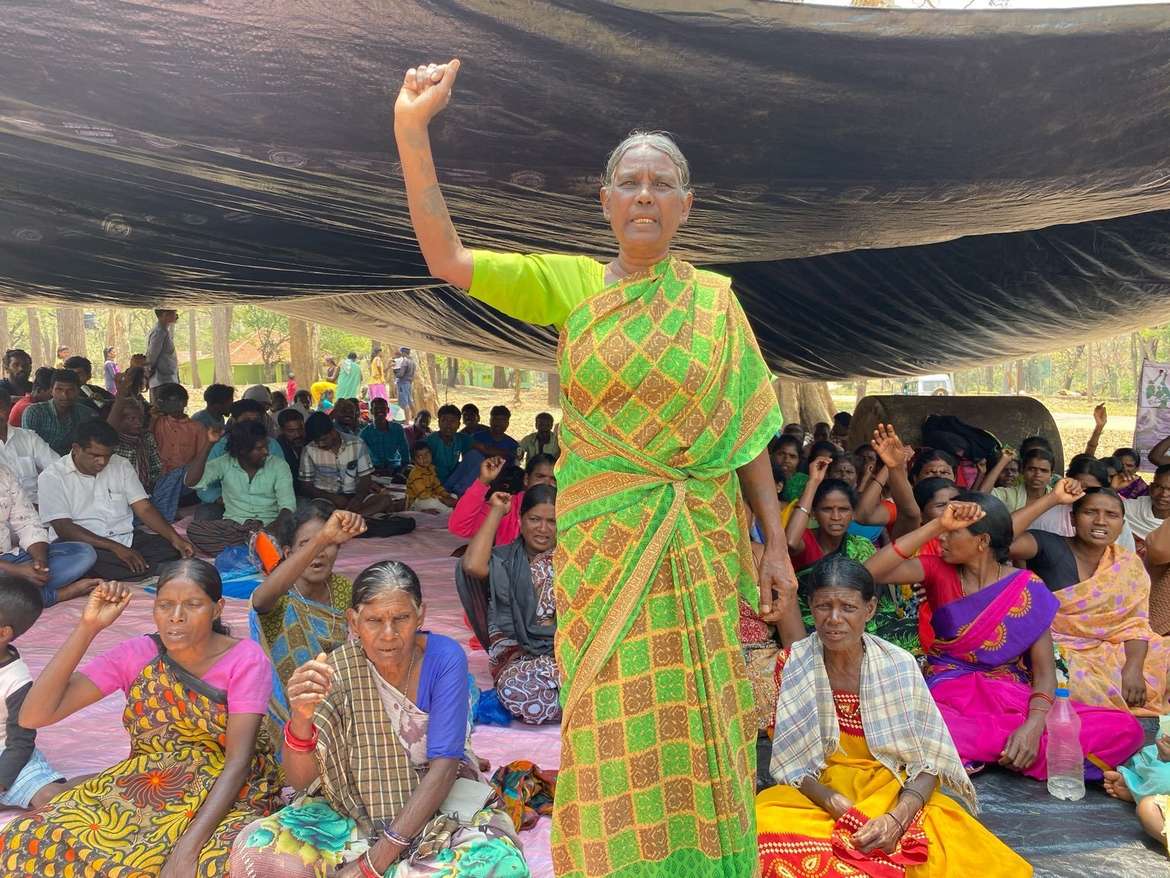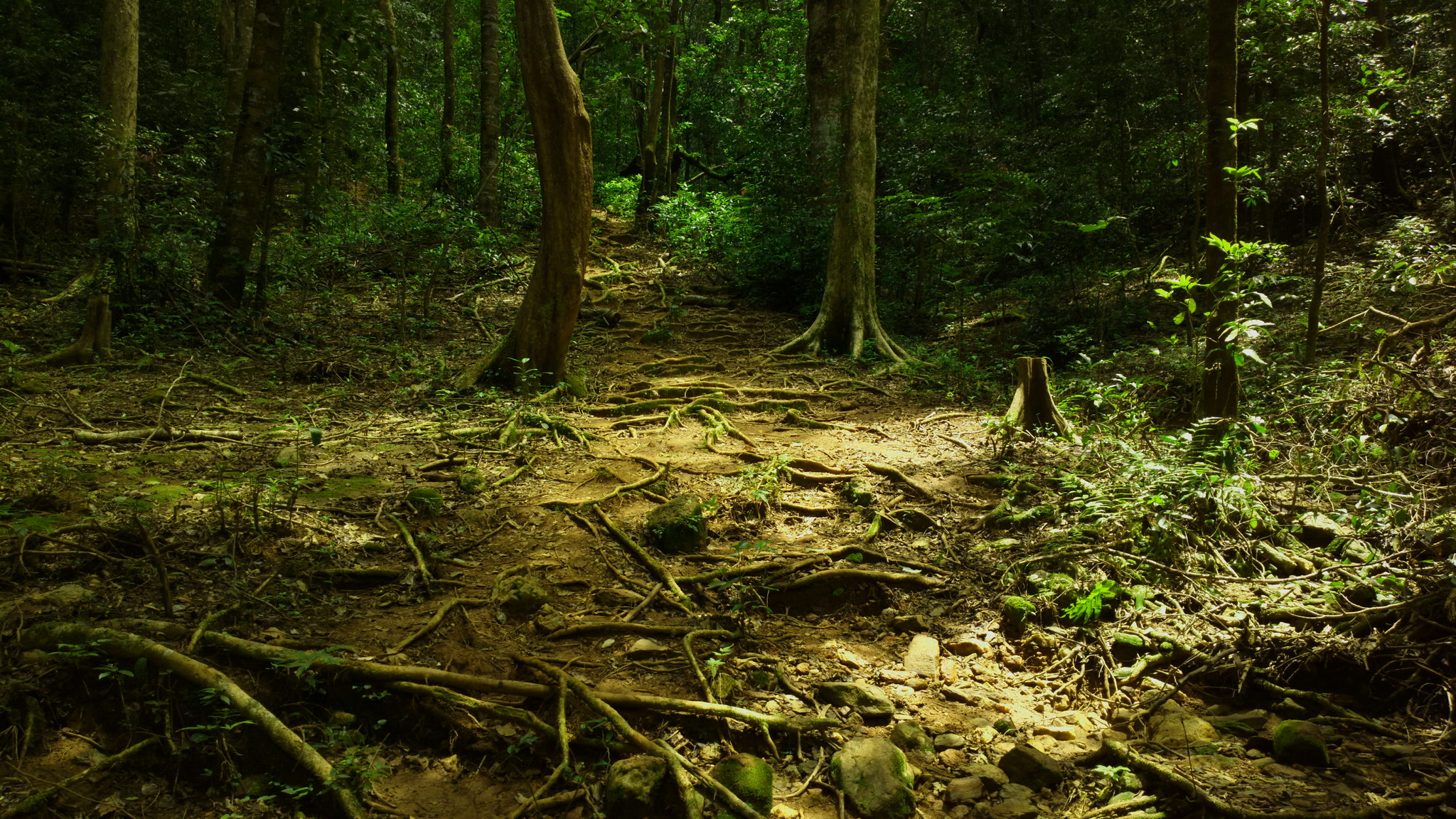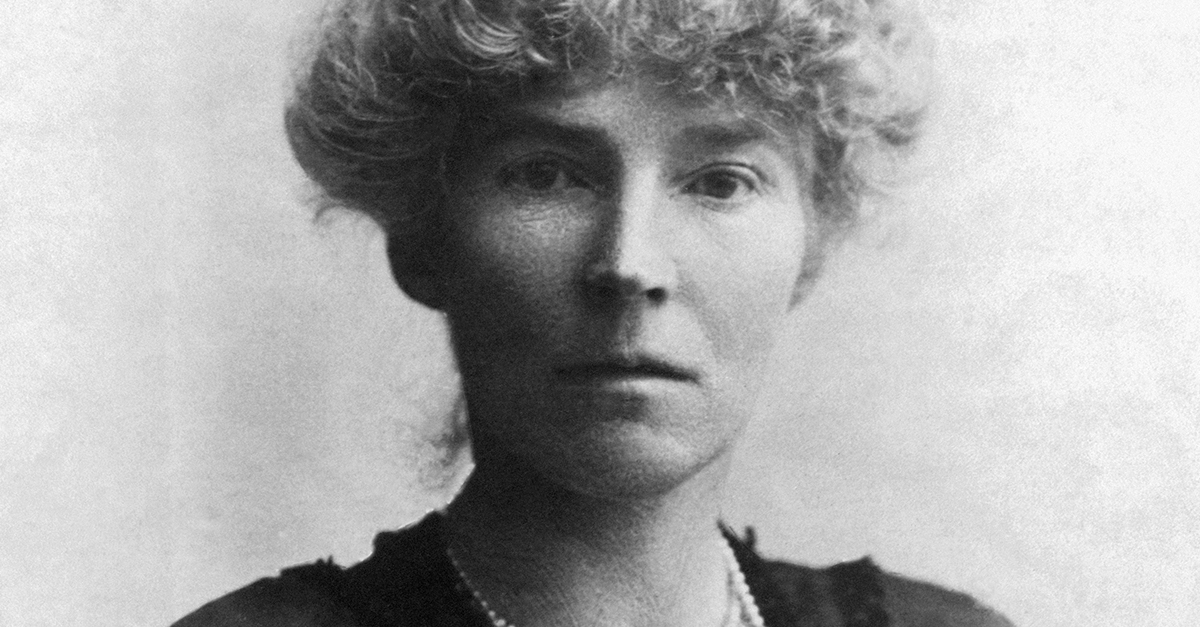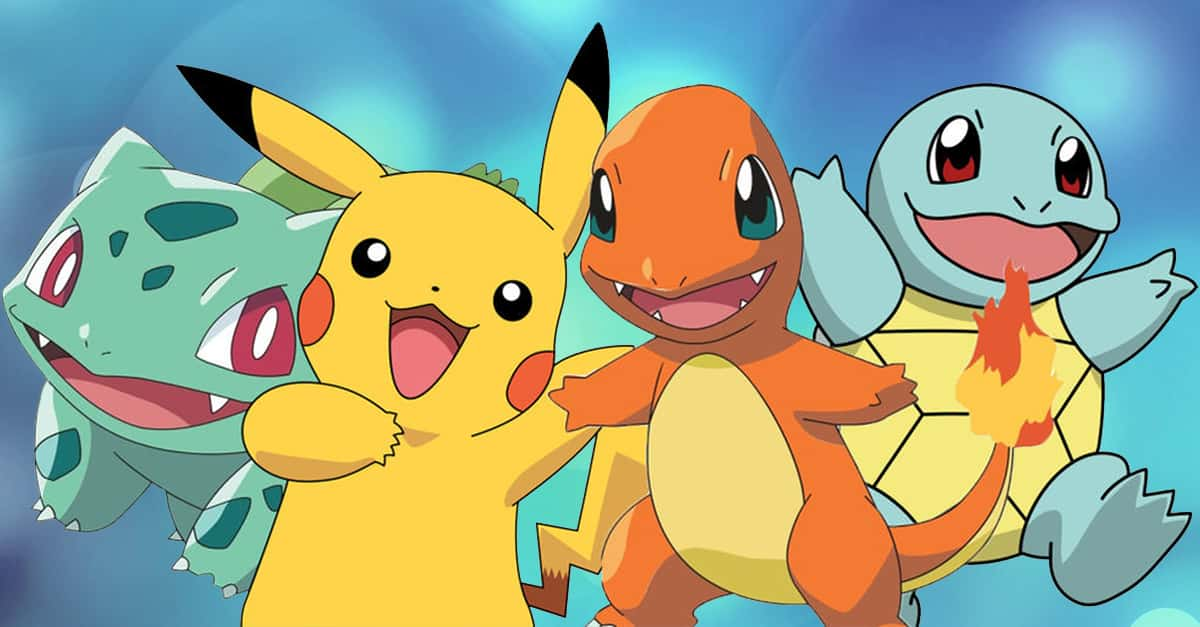The Jenu Kuruba Tribe
Deep in the dense forests of India is an indigenous group who still live a traditional nomadic lifestyle today. They are known as honey harvesters, and guardians of the forest, as they remain isolated and hidden for their protection.
From black magic rituals and sneaky marriage ceremonies to strict eye-contact and conversation rules, discover just how intriguing the social structure of the Jenu Kuruba Tribe is.
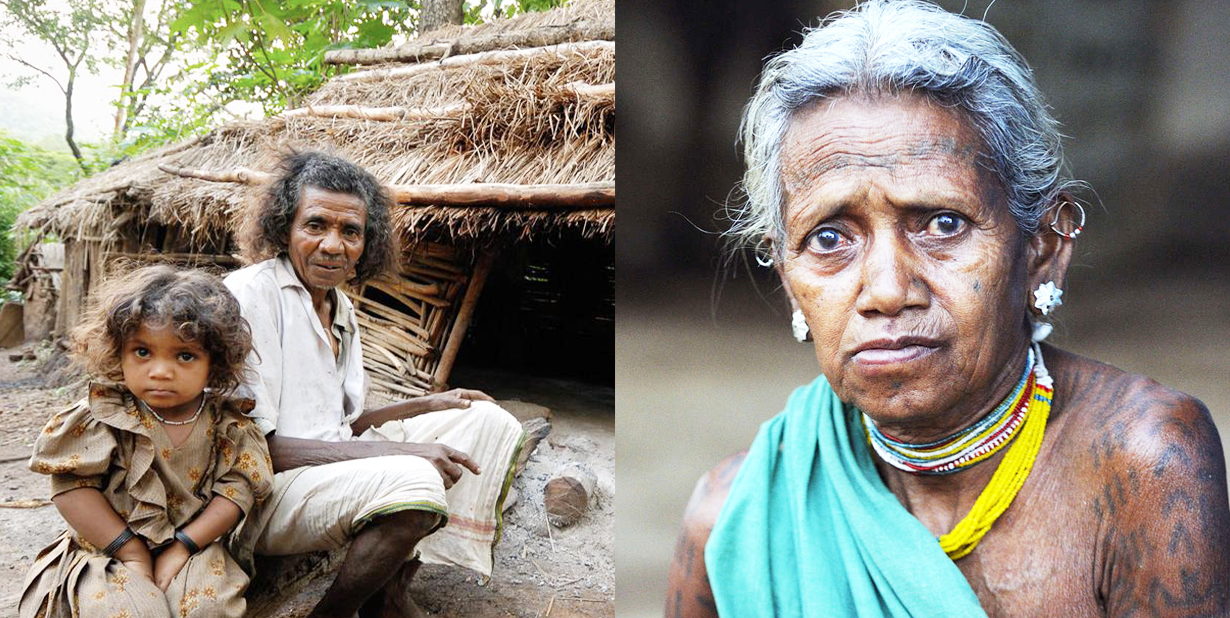
Who are they?
The Jenu Kuruba are a tribal group from the Nilgiris, India. 'Jenu' means 'honey' in Kannada, referring to their traditional livelihood as collectors of honey in the forest.
Why are they significant?
Jenu Kuruba tribes of Karnataka are original residents of the forest’s regions of the Western Ghats. Since the 1970s, the tribe has had to continuously to remain in the forests.
Today, their forest has become a protected tiger reserve, and they are now facing forced eviction.
What is their philosophy?
According to Survival International, “the philosophy that guides the Jenu Kuruba from birth to death is, “Nanga Kadu Ajjayya… Nanga Kadina Jenu Ajjayya”, which translates to: “Our forests are sacred… The honey from our forest is sacred.”
This centers around their connection to the forest—and why they don’t wish to leave.
 Anand Osuri, CC BY-SA 4.0, Wikimedia Commons
Anand Osuri, CC BY-SA 4.0, Wikimedia Commons
What are their beliefs?
The Jenu Kuruba’s belief system centers around their connection to the forest, its wildlife, and their gods who live there.
Being forced to leave their traditional lifestyle proves to do more harm than good.
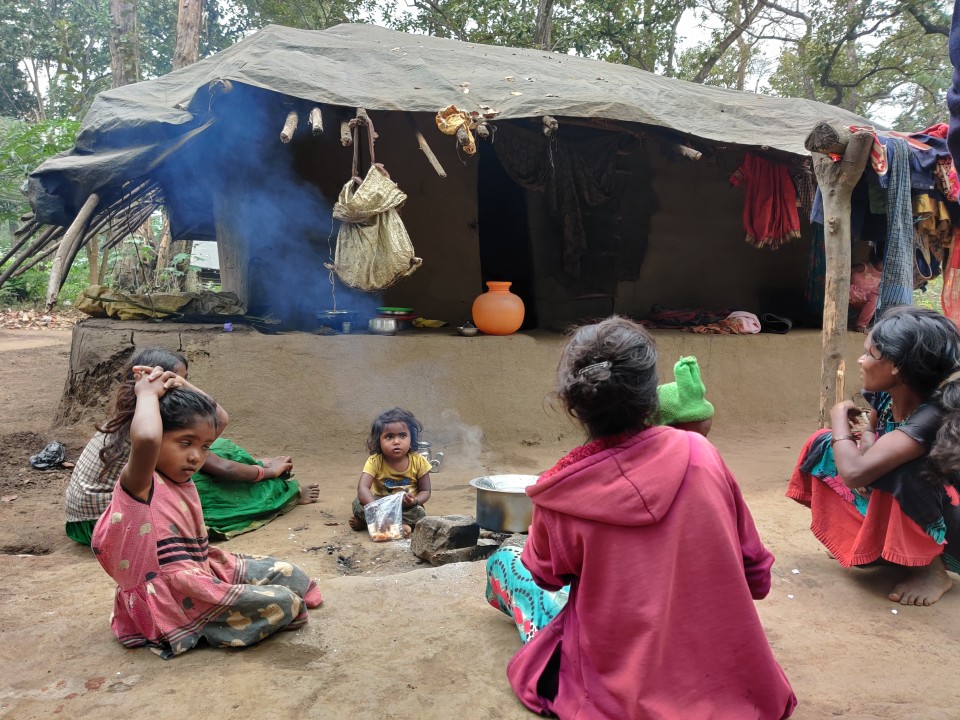
What is significant about the forest?
The Jenu Kuruba are experts in their environment. They have 25 names for different parts of the forest.
They gather medicine, honey, fruits, vegetables, tubers and the thatch and bamboo needed to build their houses.
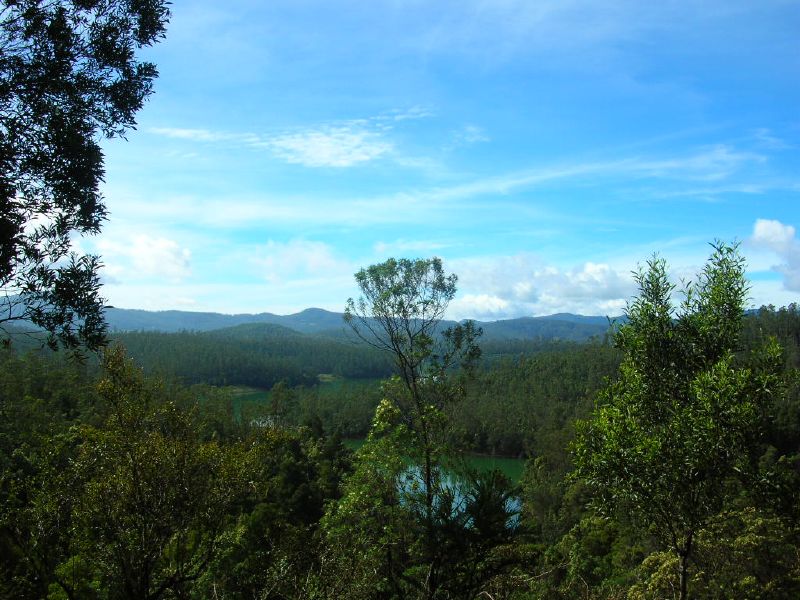 Enchant me, CC BY 2.0, Wikimedia Commons
Enchant me, CC BY 2.0, Wikimedia Commons
What are they known for?
The Jenu Kuruba are famed for their honey collecting skills, their name means “Honey collectors.” This is said to be their main occupation as honey is their best resource.
But they have a lesser-known skill as well.
What else can they do?
Apparently, in the early 1970’s they supplied elephants to the Chola and the Pallava Kings.
They had played a major role in the “Khedda” operations, to catch and train wild elephants because they were exceptionally skilled at it.
How big is their tribe?
The Jenu Kuruba a very large tribe, numbering about 37,000 today. They’re most concentrated today in the districts bordering the states of Kerala and Karnataka.
There’s only about 6,000 left who remain on their native lands, though.
What language do they speak?
The Jenu Kuruba speak a language that is only known to them, which is why it is known only as the “Jenu Kuruba language”.
How is the village set up?
The village is set up with homes that are clustered into groups of 10-15. The cluster of huts takes an oval shape, and is surrounded by hillocks inside the forest.
What are their homes like?
The Jenu Kuruba who live traditionally in the forest live in little huts, known as Hadi (or Hatti). They are generally a small rectangular shape with 5-10-foot high walls.
What are their huts made from?
The huts are made of bamboo slits, with a mud base and a slanted roof of elephant grass. Some will have a very small door, and curtains to separate a space for the kitchen.
The other side of the hut has specific uses at certain times.
How is the hut divided?
The space outside the kitchen is divided into a “head-zone” (tale kade) and a “foot-zone” (kal kade).
What is the head-zone used for?
The head-zone in the hut is used as the dining hall. The husband and grown-up children sit in the head zone and the wife stays in the kitchen.
At night, the head-zone has a different purpose.
What is the head-zone at night time?
At night, the hall is a sleeping space for the husband, wife and young babies. The grown-up children will sleep near the fire pit—which is in the middle of the kitchen.
Everyone sleeps on the floor.
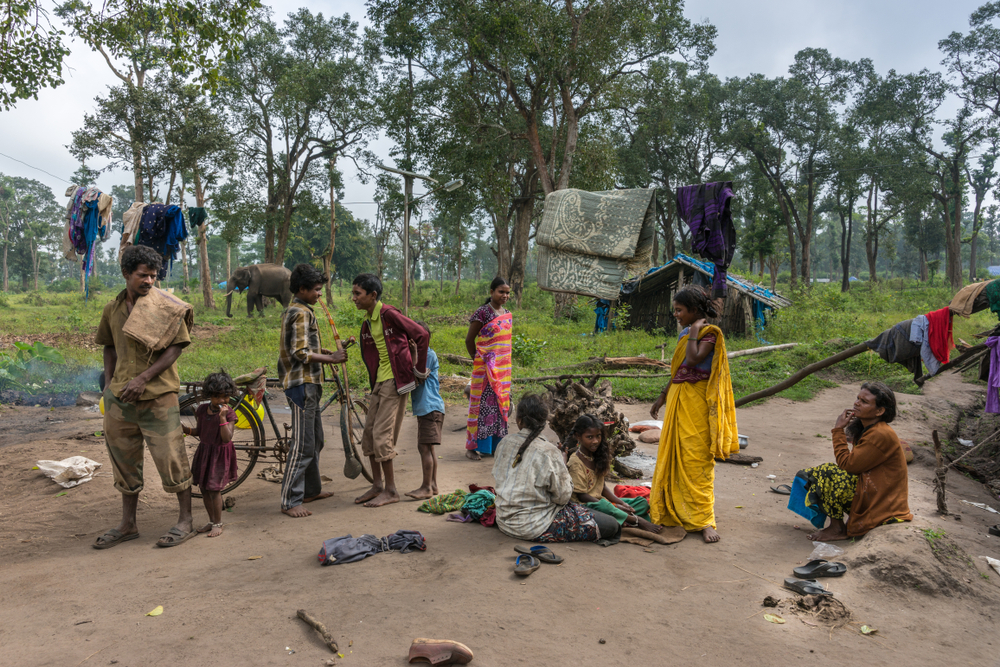 Claudine Van Massenhove, Shutterstock
Claudine Van Massenhove, Shutterstock
What do the women wear?
Traditionally, the women wear a cloth around the waist and another to partially cover the upper body. The women who have left the forest can often be seen wearing a sari in the style of typical Mysore rural woman.
What do the men wear?
The men of the community cut their hair short in the style of a typical cultivator, providing some protection from heat and sun.
Do they accessorize?
Yes. The Jenu Kuruma like to comb their hair by applying oil, decorate with jasmine flowers, wear glass bangles and kumkum.
What do they do for work?
The Jenu Kuruba are most known for their profession of honey gathering. But they also live a fairly nomadic lifestyle, adapting to various occupations like food collectors and shifting cultivators.
How do they gather food?
They use their village as a center-point and only work within a 10-kilometer radius inside the forest. They collect only what they will use for the day and then return to the village.
When collecting roots, they always leave some behind. They never take all of what they find as to not be greedy.
How do they avoid wild animals?
They avoid wild animal attacks by staying within shouting distance to others. They identify elephant patterns by looking for their dung, and downed branches.
If they get chased by elephants they climb trees and yell “kuu”, which is a sign of danger.
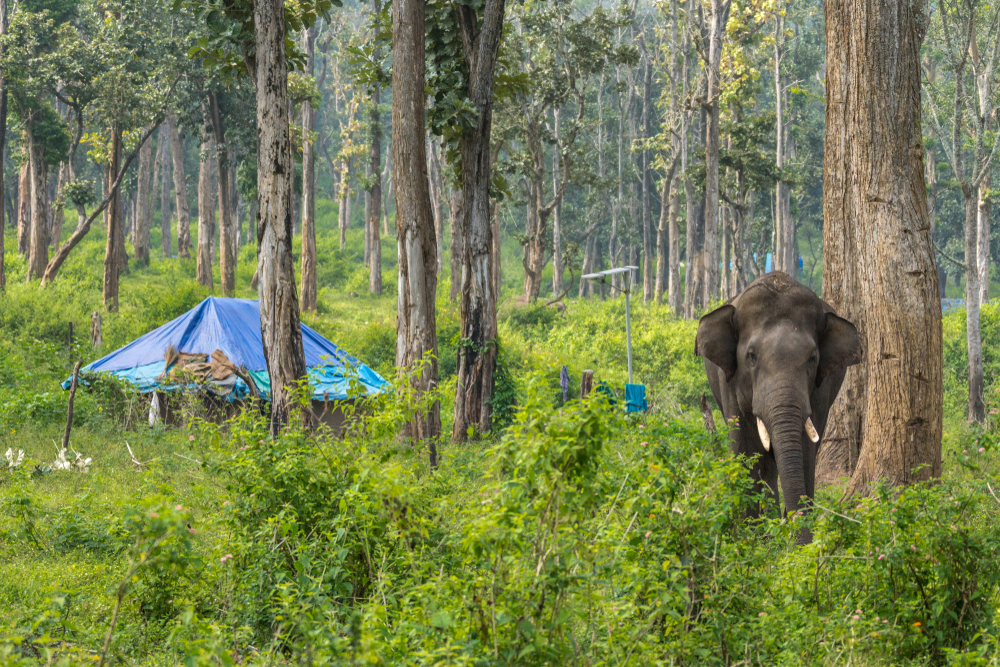 Claudine Van Massenhove, Shutterstock
Claudine Van Massenhove, Shutterstock
What do they eat?
They eat a lot of honey, as well as roots and various vegetation they cultivate. Only small animals like rats and squirrels are hunted for food.
But even then, their beliefs often prevent them from eating small animals.
Why don’t they eat small animals?
Small animals are believed to have not yet lived a full life, so they often let them go believing they do not deserve to lose their life just yet.
How do they cultivate crops?
Since the tribe lives in the forest, they do not have access to modern tools and farm equipment. They clear the land during shifting cultivation by rubbing the surface with a bamboo spear.
What is their lifestyle like?
The Jenu Kuruba who have remained in forest hideouts live a very carefree, nomadic lifestyle. These forest tribes have developed their own culture and ethnicity.
What is the lifestyle of the ones who left the forest?
Sadly, the tribespeople who were evicted from their forest land were set up in inadequate government housing in the poorest parts of the country.
Many of them now live in poverty.
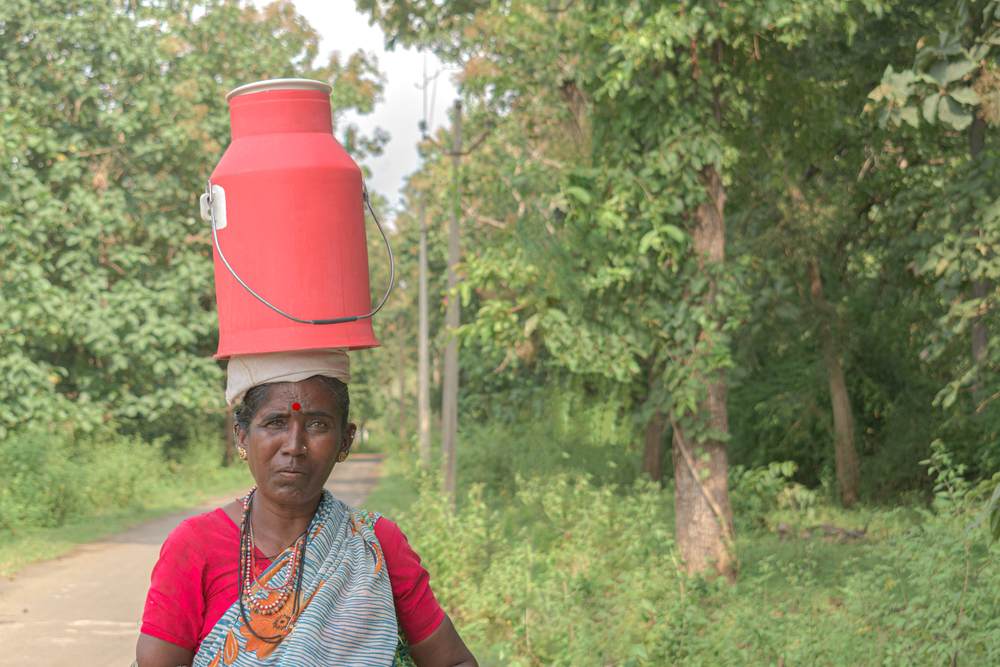 Ashish_wassup6730, Shutterstock
Ashish_wassup6730, Shutterstock
Can they work in the community?
In regards to the ones who left the forest, yes, and most of them do. But it is not enough for basic living. In fact, a large number of their young children drop out of school to work odd jobs to help their family financially.
They are also greatly in need of medical and social assistance.
Do they choose to leave?
No. None of the Jenu Kuruba who have left the forest did so on their own will. The government has been forcing evictions of various parts of the forests over the years.
The ones who remain are hidden, as much as possible.
Do the forest tribes have to stay isolated?
Because of the forced colonization, yes, they do. Or at least that’s what they want to do.
They rarely mingle with other tribes. If any Jenu Kuruba becomes friendly with an outsider, they would be expelled from their tribe.
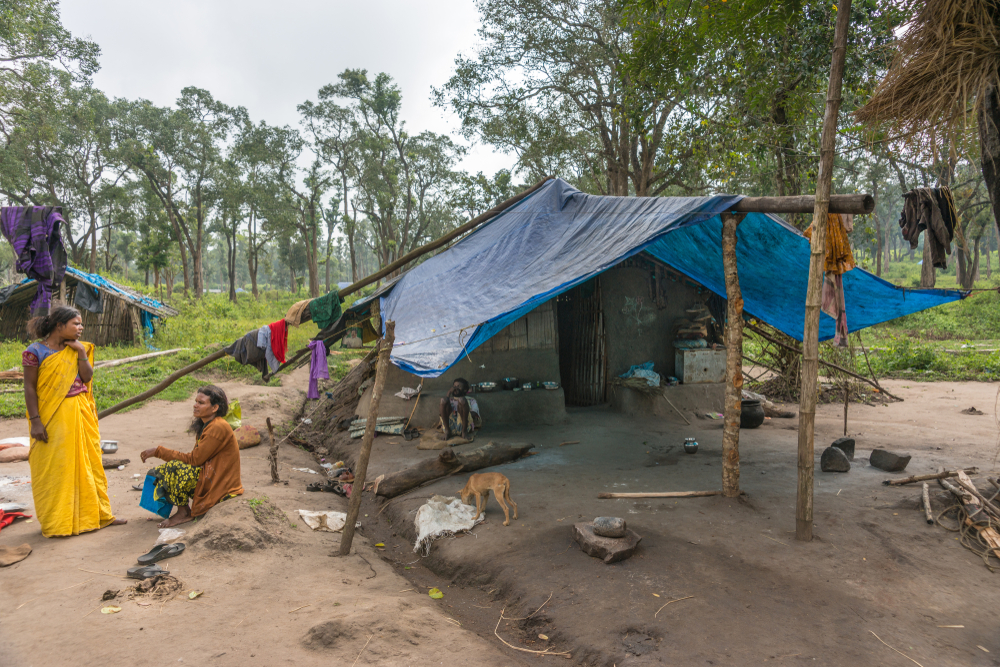 Claudine Van Massenhove, Shutterstock
Claudine Van Massenhove, Shutterstock
What is their social structure like?
The Jenu Kuruba use the labels “insider” and “outsider”.
The husband, wife, and unmarried children are the insiders. Married children leave and establish their own huts, becoming outsiders.
They also have rules for outsiders.
What are the rules of outsiders?
A married daughter cannot enter the hut or use their utensils—they must feed on leaves outside. A married son can enter the hut, but only to the foot-zone, and only in the presence of someone who lives in that hut.
What is their social life like?
The social space between tribe members is well maintained with specific, traditional methods. Etiquette is different for outsiders than it is for insiders.
How is it different?
Men and women can talk, but only near the fire pit after first shouting the others social kinship title near the hut and waiting for the other person to meet them at the fire pit.
They also have rules about where they can walk.
Where can outsiders go?
Outsiders may only pass other huts at a visible distance in sight of any of the insiders. They are not allowed to approach the entrance of the hut.
If an outsider wants to talk to a friend in another hut, they must always do so at the fire pit.
Why is the fire pit so significant?
The fire pit is central to the settlement, and is always burning. This is where people sit in the evenings, and unmarried children sometimes sleep.
Elders go there for meetings, and it is where they gather supplies for the community. But is also have one other very important role.
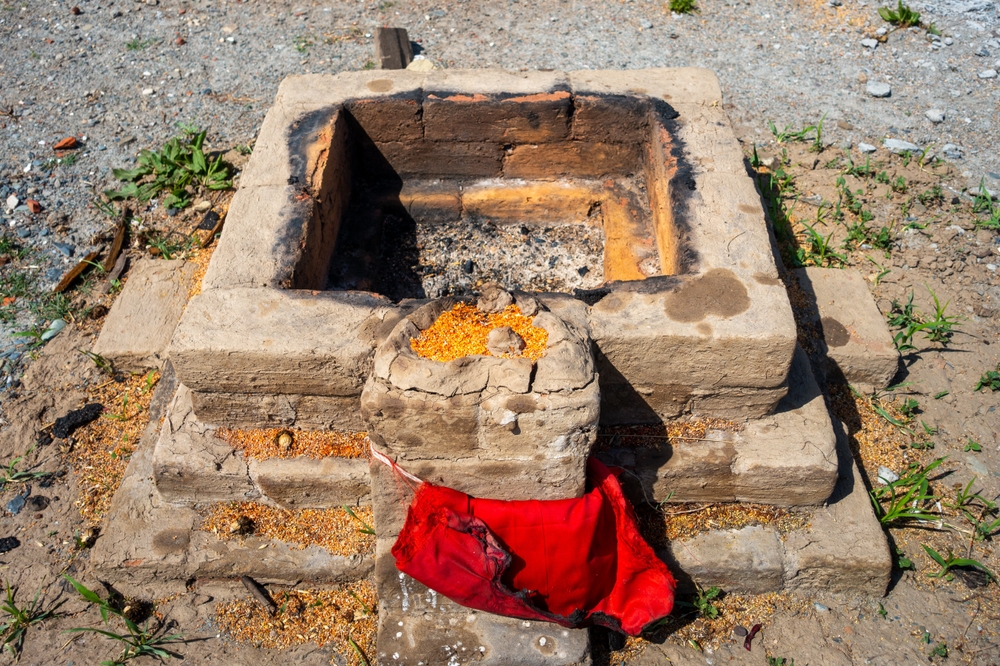 RUPENDRA SINGH RAWAT, Shutterstock
RUPENDRA SINGH RAWAT, Shutterstock
What else is the fire pit used for?
The space around the fire pit serves as a court, where the community will come together to watch conflicts be resolved.
How does the court take place?
The audience will sit in a circle. The accused and the accuser sit inside the circle facing the head man. They cannot face each other or the audience during the enquiry.
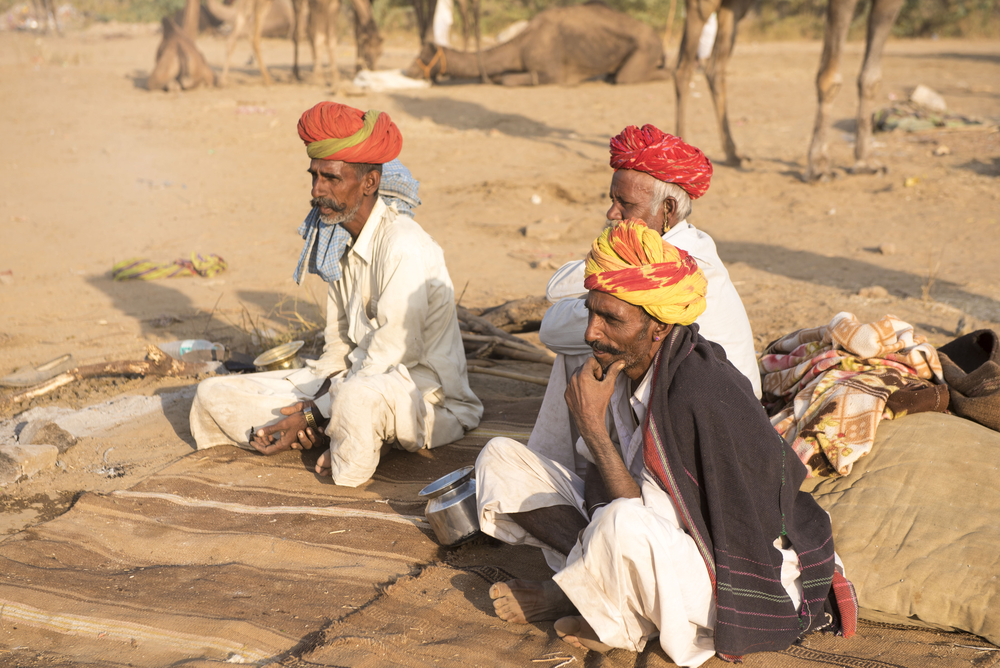 arun sambhu mishra, Shutterstock
arun sambhu mishra, Shutterstock
Who controls the court?
Accused, accuser, audience and witnesses should directly address only the head man, and only if they’ve been asked a question.
Women cannot participate if the parties are male.
What is marriage like?
Traditionally, the Jenu Kuruba would marry within the same tribal group but in more recent years they have started cross contacting with other tribes and marriage rules are now more open.
Their dating rituals and marriage ceremonies are not what you’d expect though.
What is dating like?
Girls must be 13 or older and boys must be 18 or older. When two people like each other they are to quietly leave the village together and go on a “date”, where the boy will offer the girl gifts.
After that, their marriage “ceremony” takes place.
How do they get married?
After their “date”, the couple are to return the forest and consummate their relationship—which then makes it a marriage.
When they return to the village they are accepted as a married couple.
Can they divorce?
Yes. Separation is quite common, apparently. When this happens, the woman goes back to her father’s hut. The individuals can then remarry anyone they want, anytime they want.
If someone breaks the rules of marriage—adultery for example—they will be asked to leave the village.
How do husbands and wives interact?
The husband and wife cannot sit together in front of the children. The wife has to turn her face around while talking, and when walking outside her hut she must stay 4-5 steps behind her husband.
There are also rules about how the parents interact with their children.
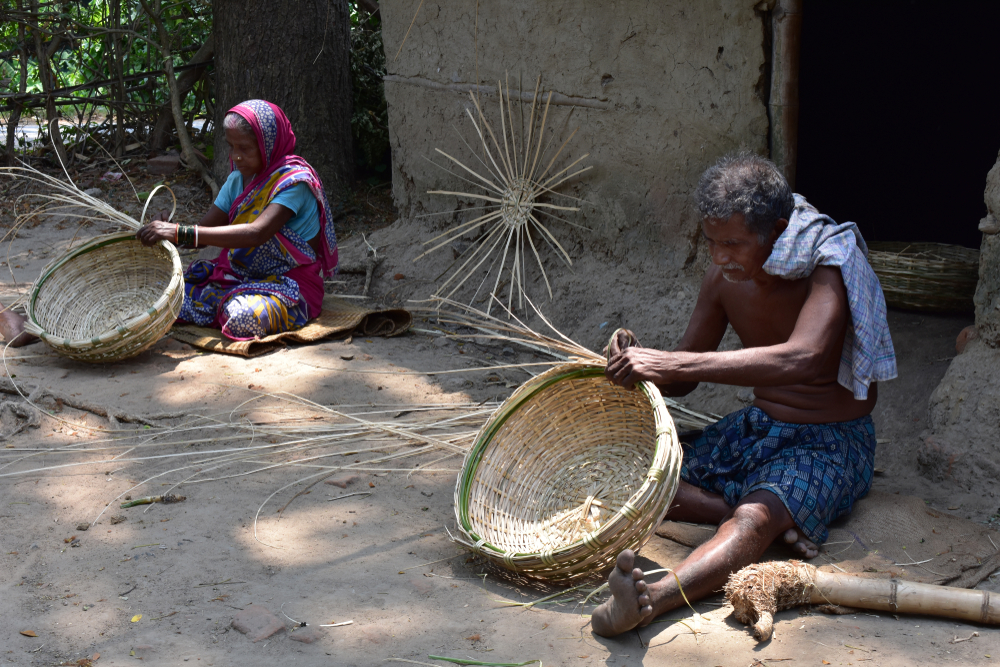 Priya Ranjan Roul, Shutterstock
Priya Ranjan Roul, Shutterstock
How can the parents interact with their children?
A mother and daughter can sit close by putting her folded leg on the thigh of her mother. A grown-up son is not supposed to sit facing his father keeping eye contact.
A father-in-law and a daughter-in-law cannot stand face-to-face. She should stand and turn her face other side.
The mother-in-law while speaking to son-in-law should turn aside.
How can siblings interact together?
The children, specifically a son and a daughter, cannot touch each other and cannot sit in a single row together.
How do they bathe?
Personal hygiene within the Jenu Kuruba community is very poor. They only bathe once every two weeks generally, and they do not wash before they eat.
They use open fields as their bathrooms, and they rarely use a neem stick to scrape their teeth clean.
What happens during puberty?
When a girl menstruates for the first time she is sent to a hut called “palli” to stay until it is over. She can only be cared for by another girl who has already menstruated.
It’s a similar situation for childbirth.
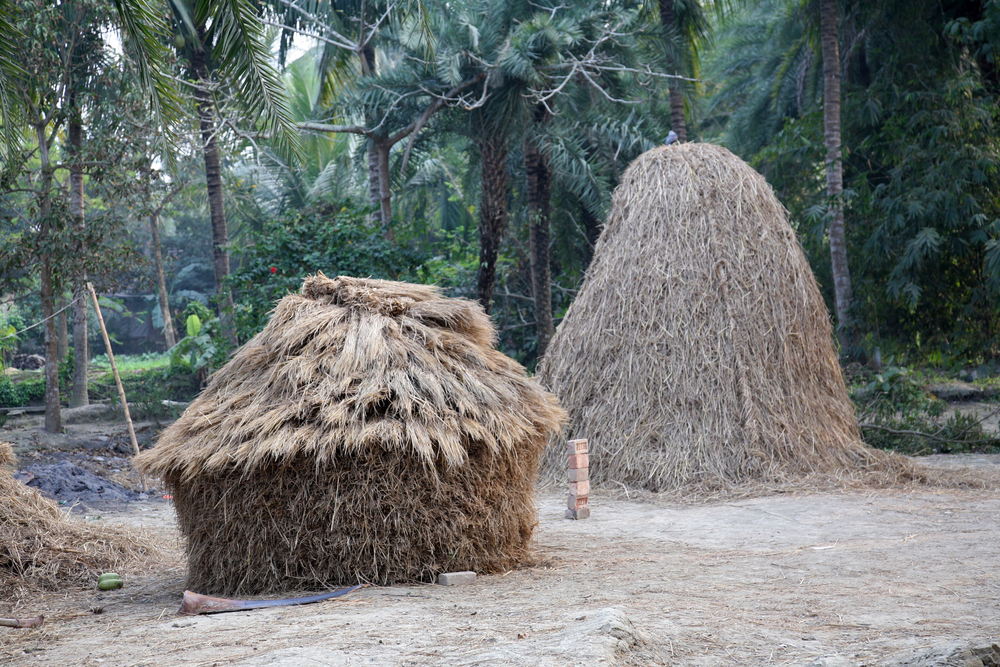 Zvonimir Atletic, Shutterstock
Zvonimir Atletic, Shutterstock
Where does a women go when she is pregnant?
After the woman recognizes that she is pregnant she is sent back to the palli hut, where she must stay for the remainder of her pregnancy. She is only allowed to be fed by an elderly lady from her village.
After delivery, she is sent back to her hut.
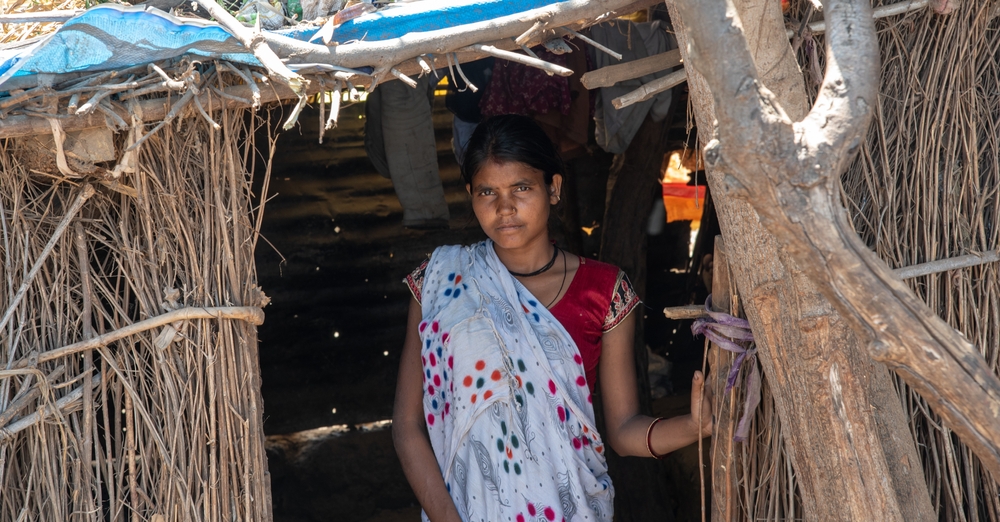 Parikh Mahendra N, Shutterstock
Parikh Mahendra N, Shutterstock
What happens when someone passes?
If anyone passes in a hut, the hut must be burned as it is believed to now have a bad omen. If the passing was due to disease, is it believed to be a sign of evil spirits.
Rituals are performed by everyone in the village to try to rid the spirits of their territory.
What is the Yugadi festival ritual?
For their “Yugadi” festival they will take a bath, wear new clothes, perform pooja, and prepare sweets treats. They will have a non-vegetarian food on the next day.
They have many similar festivals and rituals for different celebrations—including magic.
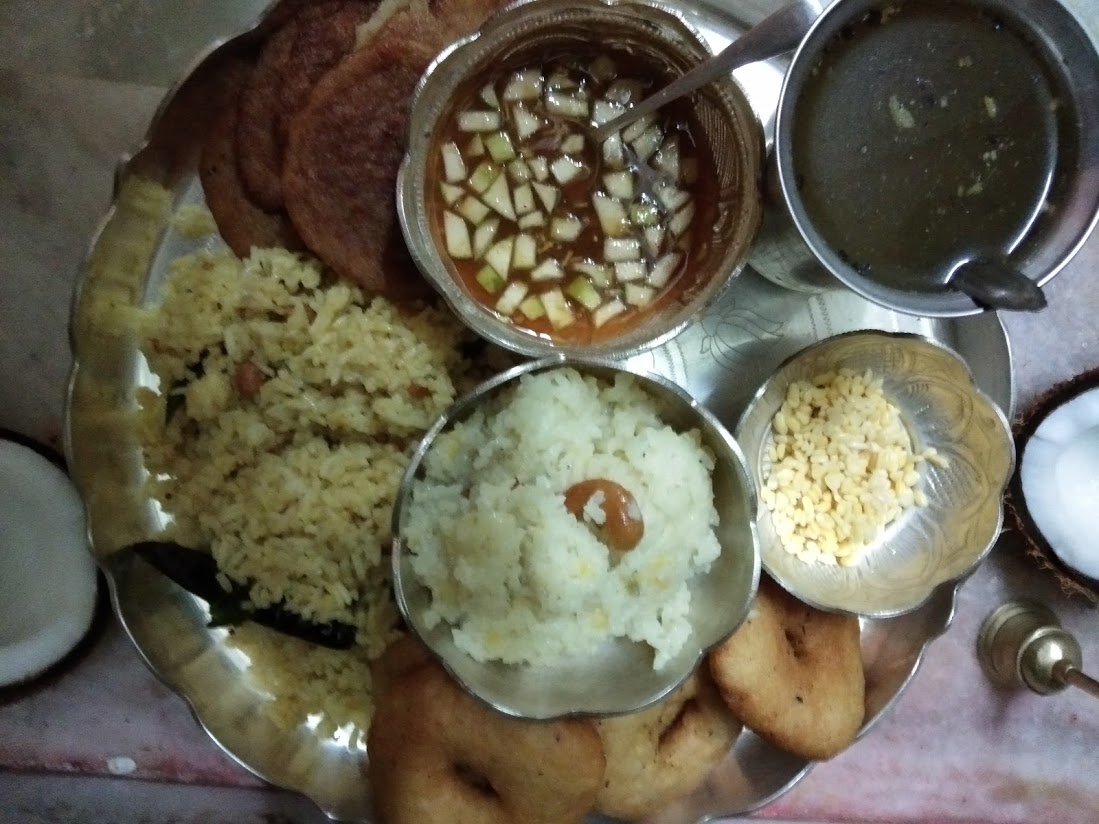 MounikaDA, CC BY-SA 4.0, Wikimedia Commons
MounikaDA, CC BY-SA 4.0, Wikimedia Commons
Do they believe in magic?
The Jenu Kuruba believe in evil spirits and black magic. One type of black magic is called “Bunde Kareyuvudu”, where they believe they can talk to those who have passed before them, during which the evil spirit always crosses above their heads.
Usually, the evil spirit is prevented from entering the village through certain rituals by involving the “holy spirit.”
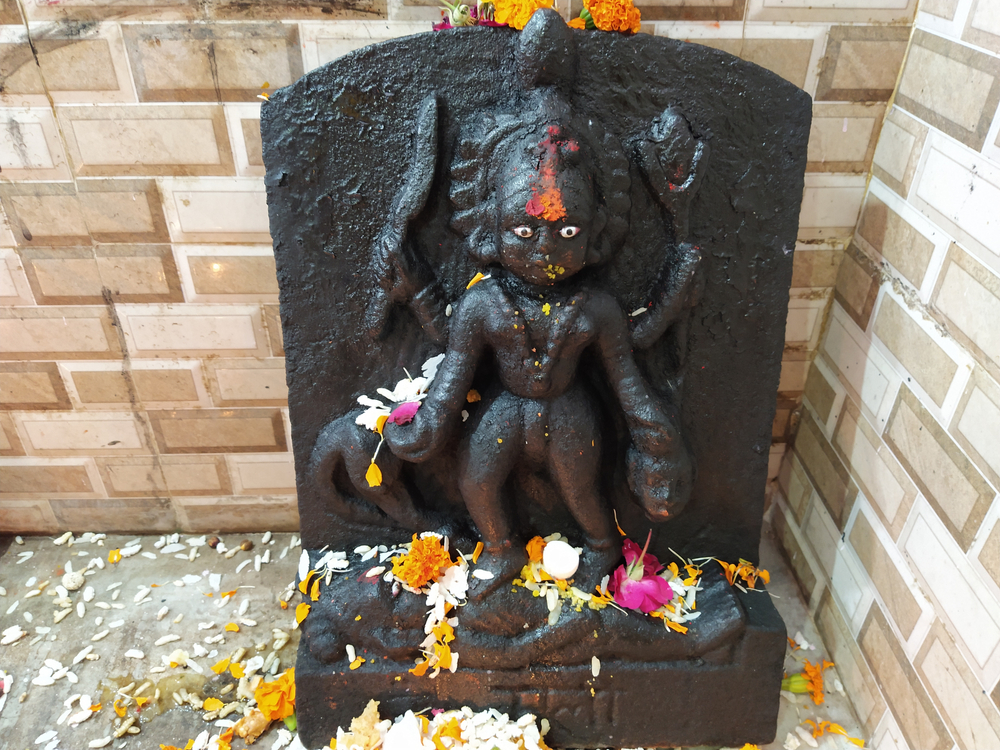 Pranjal Srivastava7, Shutterstock
Pranjal Srivastava7, Shutterstock
Which spirits do they believe in?
The Jenu Kuruba believe in the existence of the Earthly World, The World of the Evil Spirit, and the World of the Holy Spirit.
These spirits enter their bodies through their soul. And usually, at vulnerable times.
When do spirits enter their bodies?
Any tribe member who as mistreated the spirit is said to face the wrath of the evil spirit the moment that they step foot outside of the village boundaries.
Once this happens, another ritual is performed.
How do they rid the body of the evil spirit?
The Shaman will create a circle at the fire pit and invite people to sit outside the circle. He will then root out the Evil Spirit that is said to be causing problems and confront it, asking why it is causing such problems in the village.
The Shaman will then invite the Holy Spirit to drive out the Evil Spirit from the body using various chants and singing by the women.
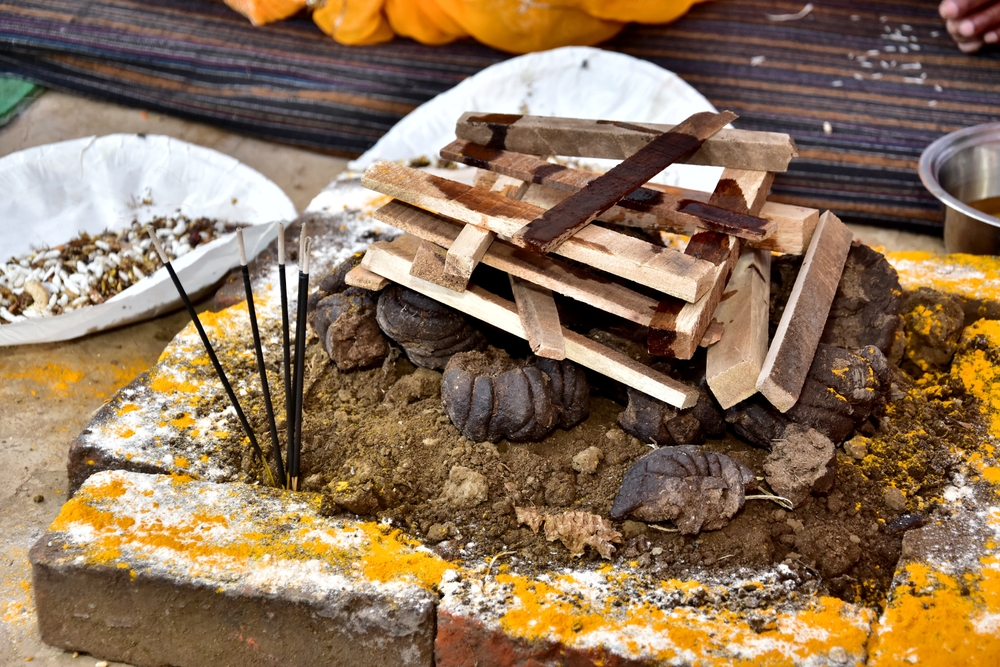 chetanya kumar suman, Shutterstock
chetanya kumar suman, Shutterstock
Why are they being taken from their land?
The Jenu Kuruba tribe, rich in their cultural traditions, started being evicted from their land in the 1970s shortly after the state acquired tribal land and started destruction of the forest.
Another discovery caught the attention of the state a little later.
Why did the state want their land?
The State discovered the large tiger population occupying the same forest as the Jenu Kuruba, which resulted in them turning the area into a Tiger Reserve.
Conservationists claim evictions of the tribe are necessary to protect the tigers.
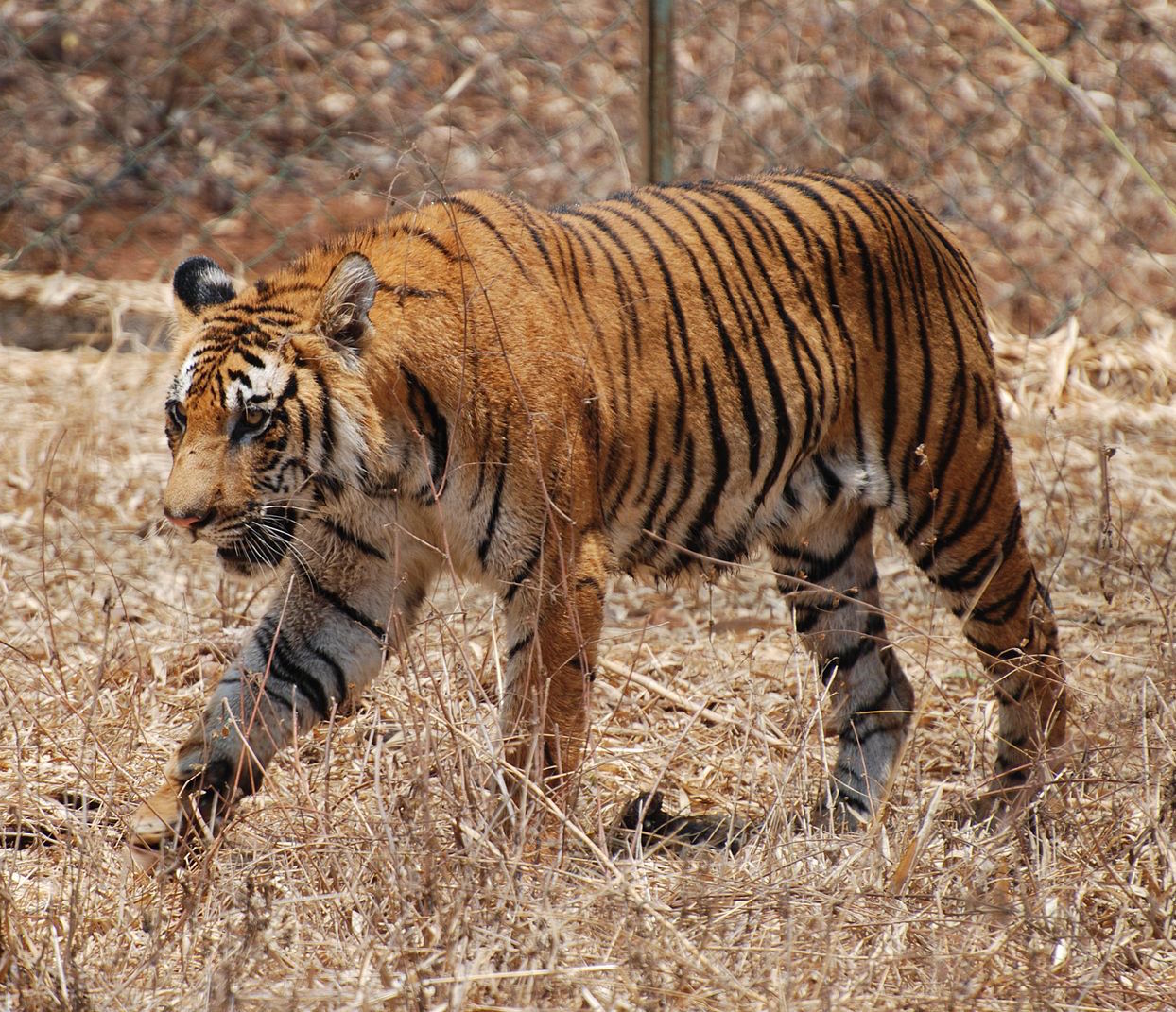 Paul Mannix, CC BY 2.0, Wikimedia Commons
Paul Mannix, CC BY 2.0, Wikimedia Commons
Why are there so many tigers there?
The area is known to have the second highest concentration of tigers in the country. And it is believed this is because of the Jenu Kuruba tribe have been caring for the forest for centuries, where the animals seem to live in harmony.
This is especially true considering the tribe do not hunt many animals at all.
 Yathin S Krishnappa, CC BY-SA 3.0 , Wikimedia Commons
Yathin S Krishnappa, CC BY-SA 3.0 , Wikimedia Commons
How did they get the people out?
The Jenu Kuruba people were first driven out by the destruction of dams, cutting off water supplies. The state later started cutting down hundreds of trees, destroying land and displacing thousands of tribal families.
The land was then given to non-tribal farmers. The state offered refuge for tribal families who cooperated.
What was their refuge like?
The tribal families who basically had no choice but to comply were given temporary shelters in challenging neighborhoods.
They struggled to work as manual laborers for a weekly wage was that was not enough to survive on.
What did their lives become?
Many children and youth adopted addictions and got into trouble. Many of them passed early after their new lifestyle began, from various illnesses and diseases they were not used to.
Tribal families are listed as “below poverty line”.
Is anyone helping them?
In recent years, schools have started providing school supplies to tribal families, and offering scholarships and grants to students from tribal families.
Social welfare is provided to tribal families who don’t make a living wage.
What if they refused to leave?
According to Survival Internation, authorities are now using all means necessary to evict tribe members from the forest, including, threats, harassment, and various forms of mistreatment.
Numerous awful incidents have occurred already, even in recent years.
What happened in 2021?
In 2021, a Jenu Kuruba man living in the forest was shot by forest officials in retaliation for defending his sister when she was being harassed by guards.
Aside from fatal consequences, the state officials have also put rules on them.
What are the government's rules for the tribe?
The Jenu Kuruba have been banned from repairing their homes. They do not want any new construction in the forest at all.
The guards also prevent them from cultivating their crops, gathering honey, or visiting burial grounds and sacred places within the forest.
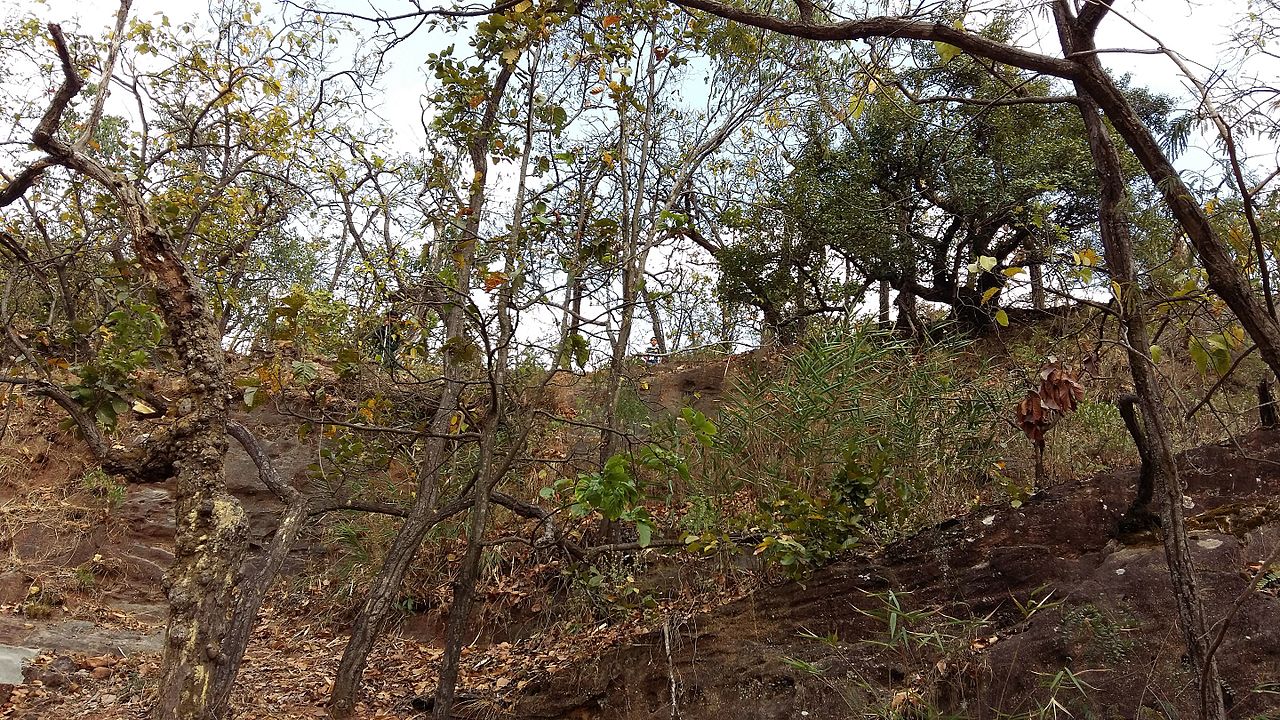 Harshvardhan123456, CC BY-SA 4.0, Wikimedia Commons
Harshvardhan123456, CC BY-SA 4.0, Wikimedia Commons
Is this allowed?
Not at all. The mistreatment is very much unlawful.
In fact, Indian law stipulates that evictions must not take place without the community’s consent and unless there is proof that co-existence between people and wildlife is impossible.
But this is ignored.
Do the Jenu Kuruba have any rights?
Under Indian and international law, the Jenu Kuruba must consent to developments carried out on their land. They did not consent to the creation of the tiger reserve.
Many of the tribe members are locked up when they express any kind of defense.
How are the evicted tribe members treated?
In 2022, a group of 28 relocated tribe members wanted to go back to their forest home as they said they were lied to when they were relocated. Their lives are “miserable.”
The group threated to end their lives all together rather than return to their relocation site. But they were met with violence once again.
What happened to them?
The group were forcefully captured and put in the back of vans where they were beaten with big sticks—including pregnant women.
They were taken back to their relocation sites—the grungy shelters that are leaking and crumbling around them.
How many tribe members are left?
The Forest Department has already removed an estimated 20,000 Jenu Kuruba from their forest, and it is trying to force the remaining 6,000 to leave.
Will the rest of the tribe join modern society eventually?
It is believed that there are still enough of the Jenu Kuruba tribe in the forest to continue their traditional lifestyle for many years to come.
Many are hopeful their relatives stay put and avoid colonization at all costs as it has been a truly awful experience for most of them. Some partake in protests, which have attracted national attention.
Final Thoughts
The Jenu Kuruba people have lived deep in the forest, sustaining their own existence for hundreds of years. Living a very relaxed life, with culturally specific rituals and routines, they desire nothing more.
It is hopeful that the remaining forest tribes can stay put, and continue to live in harmony with nature, as they’d prefer.

